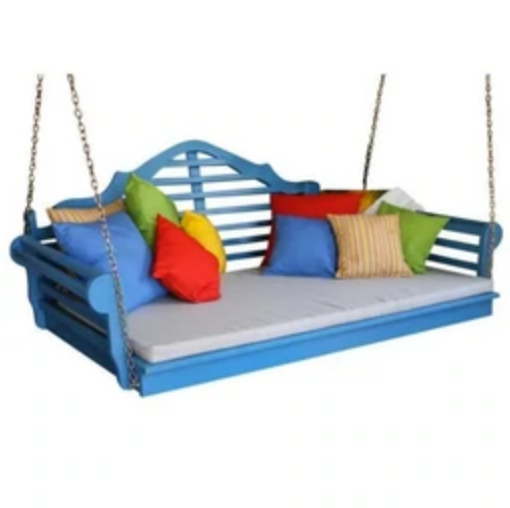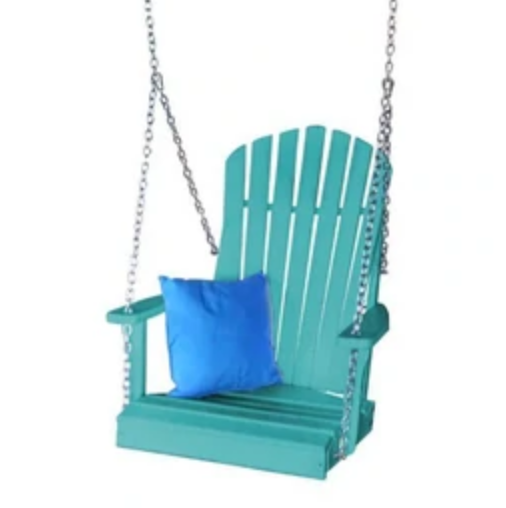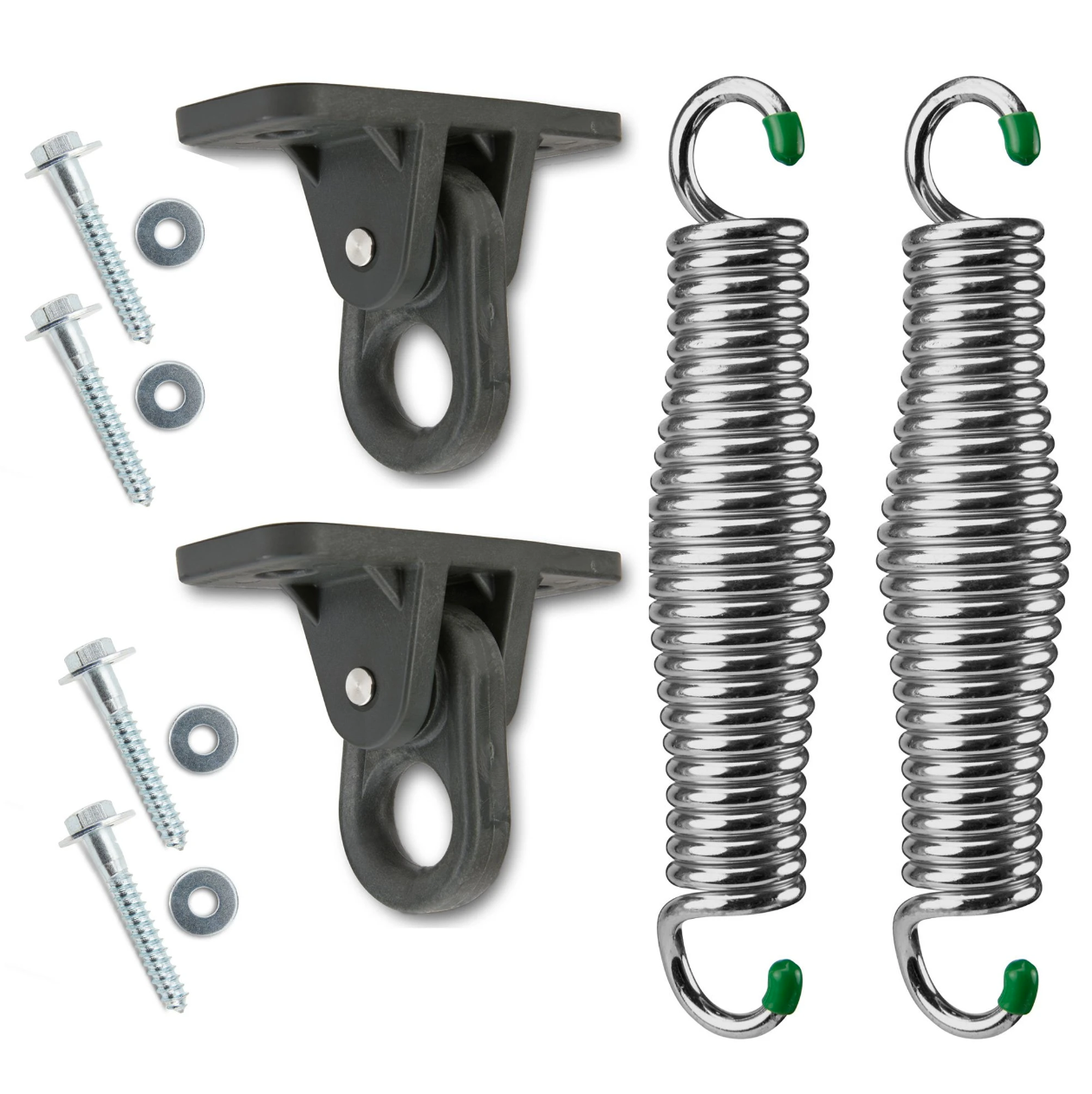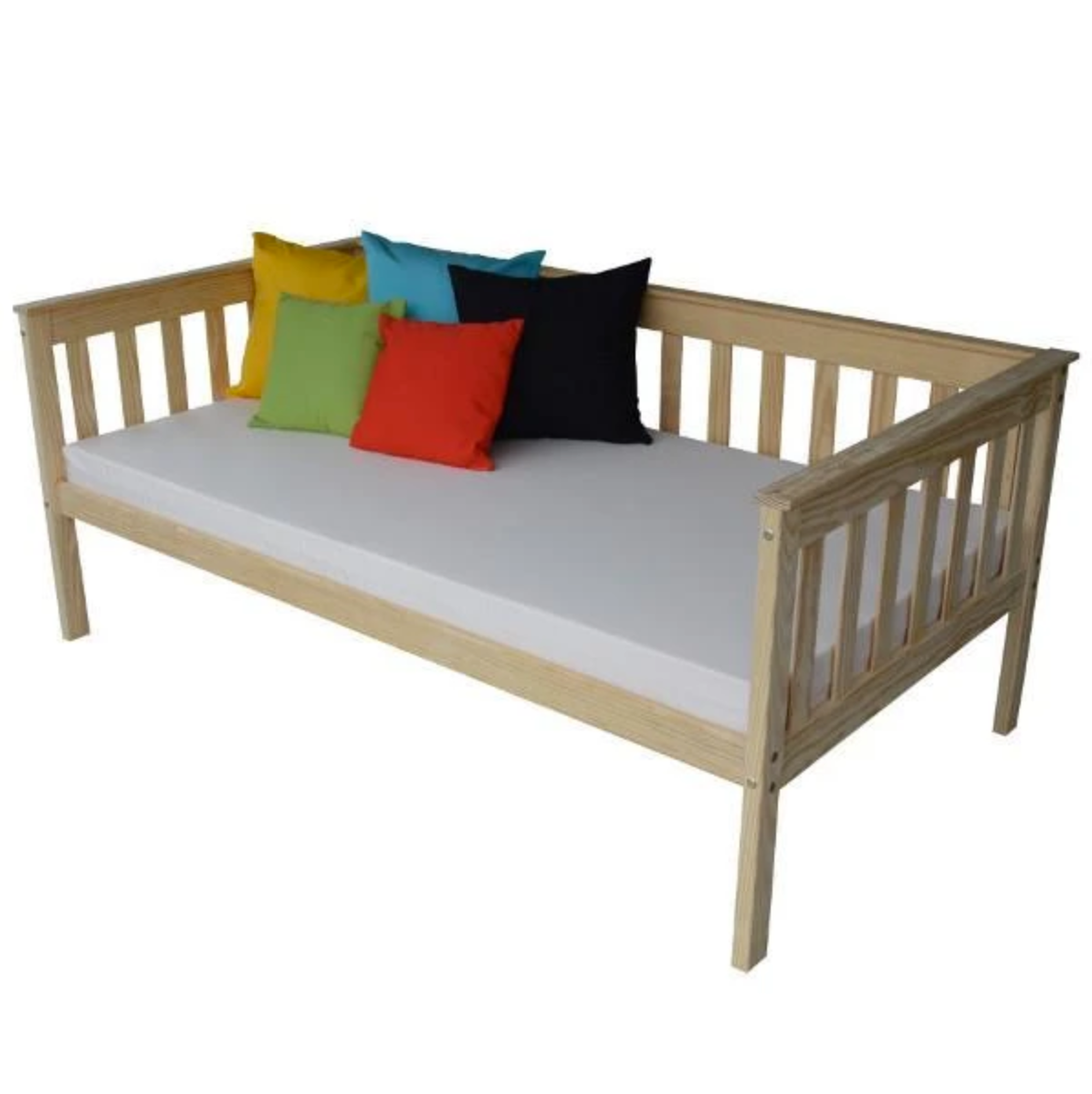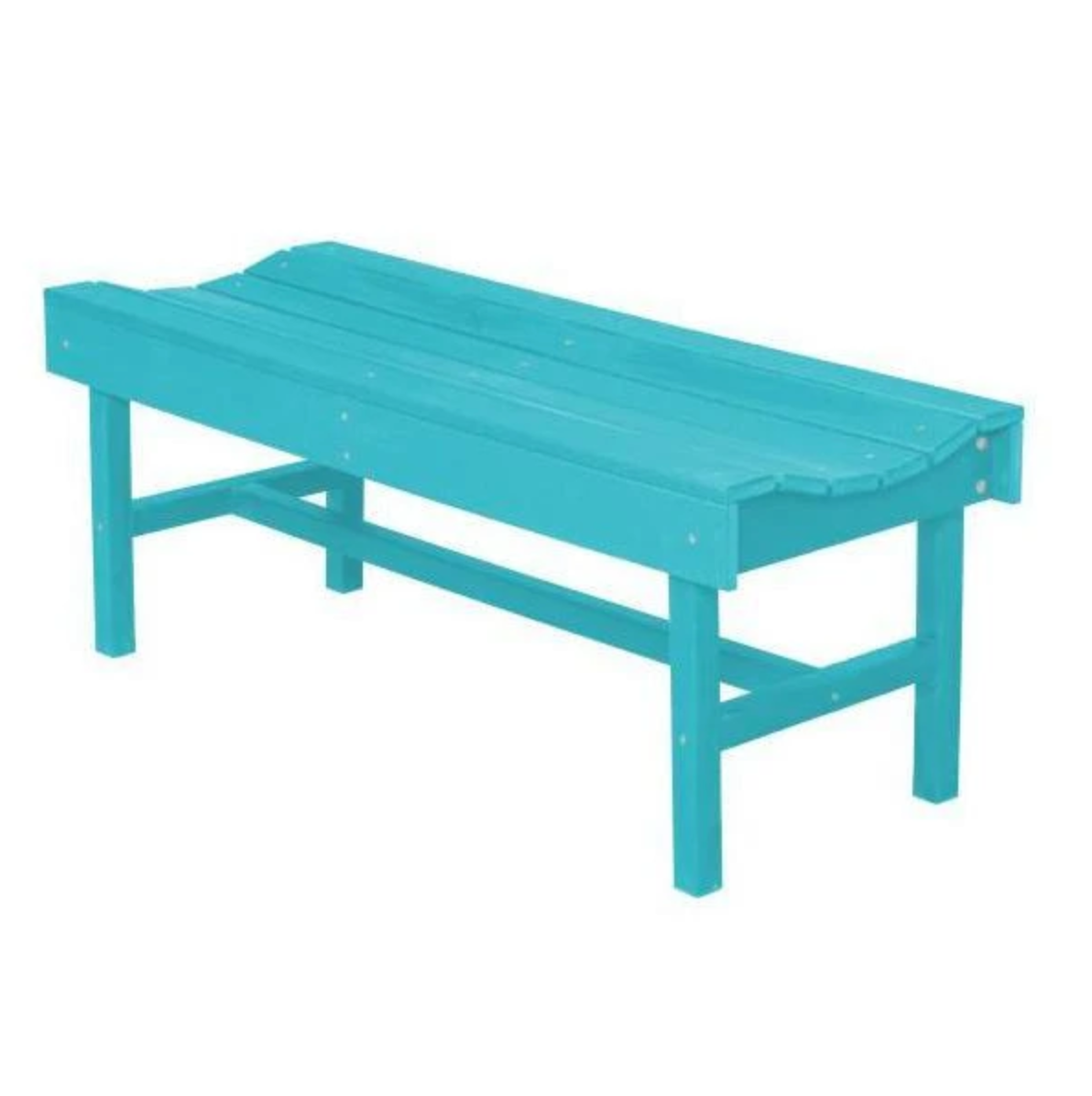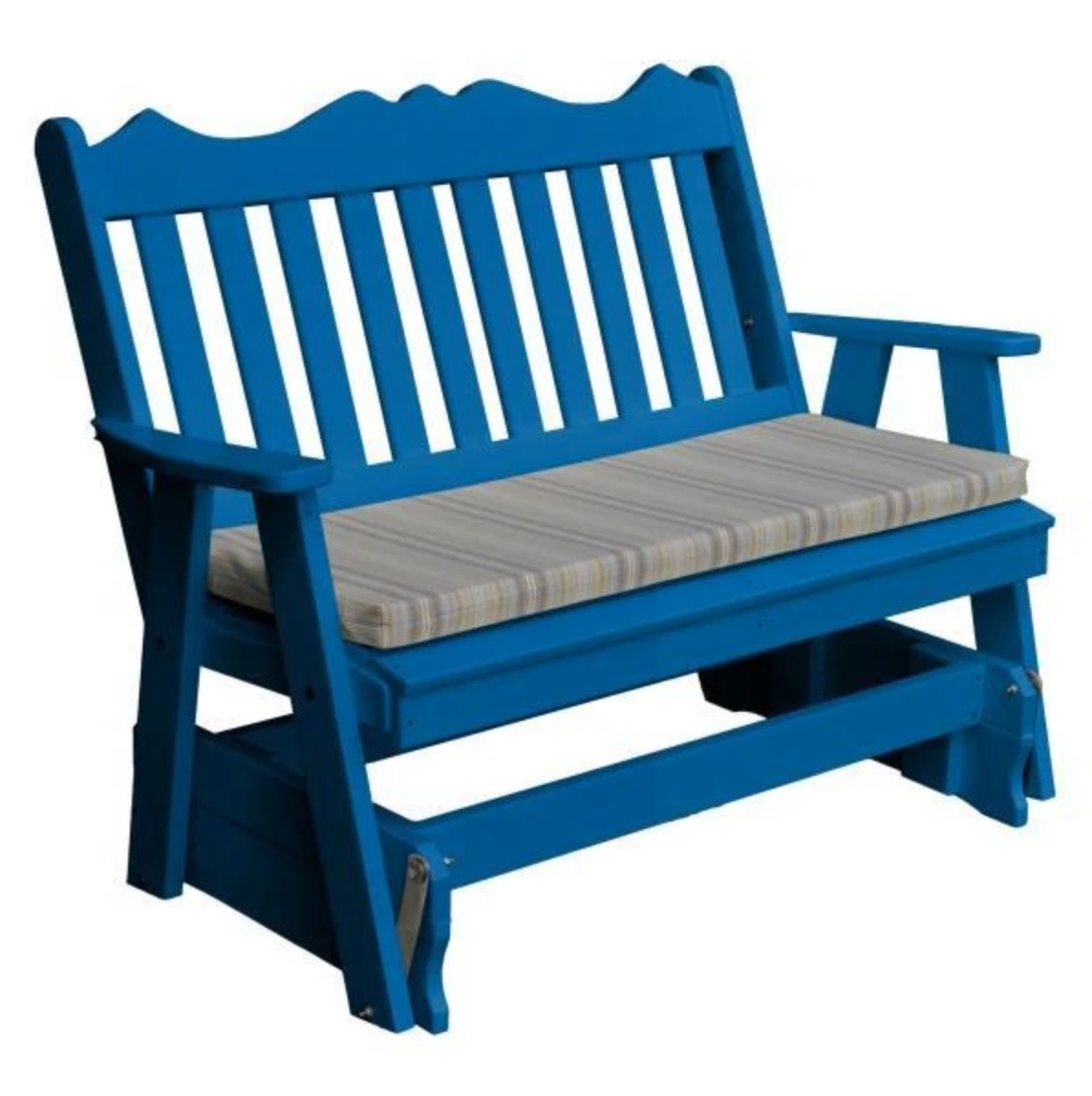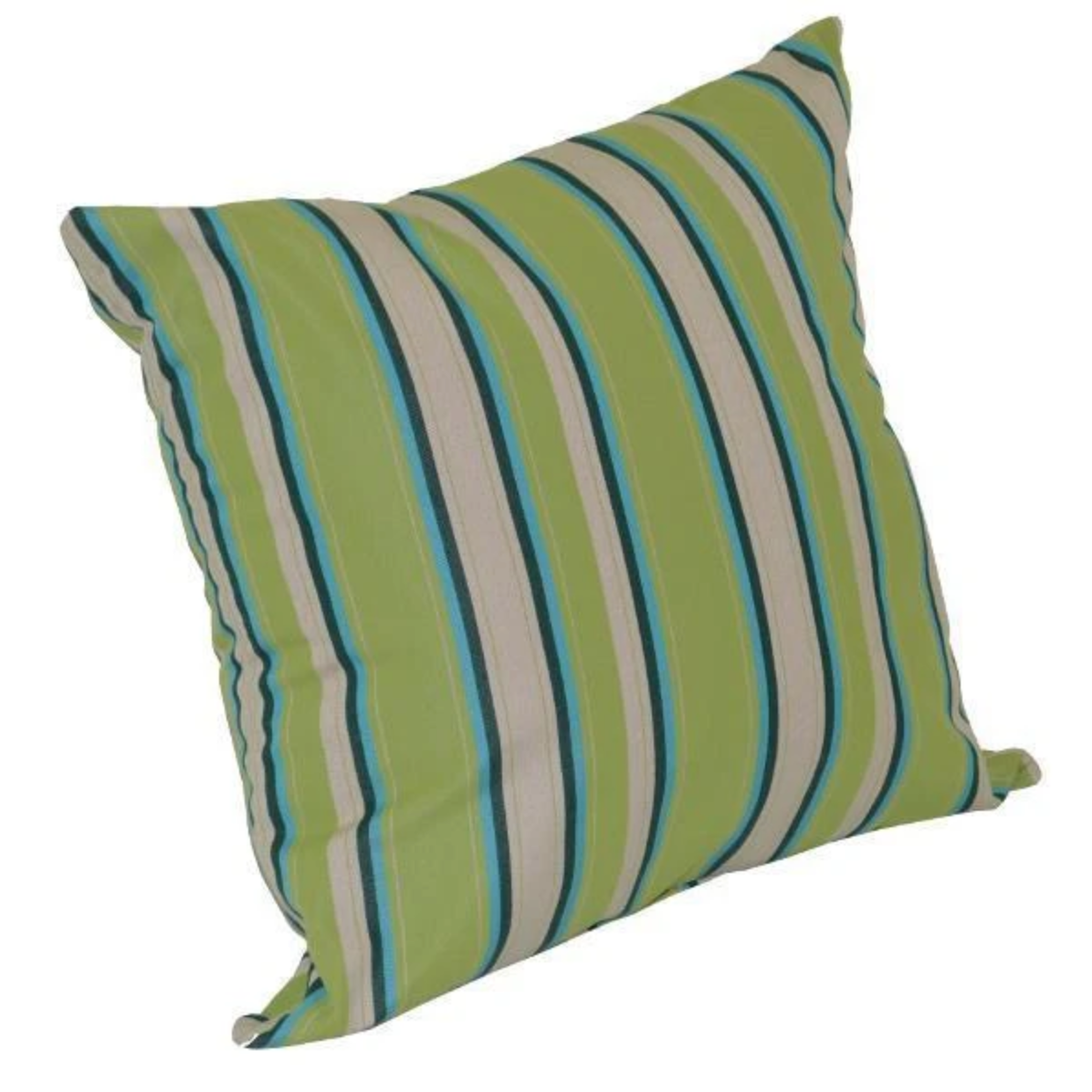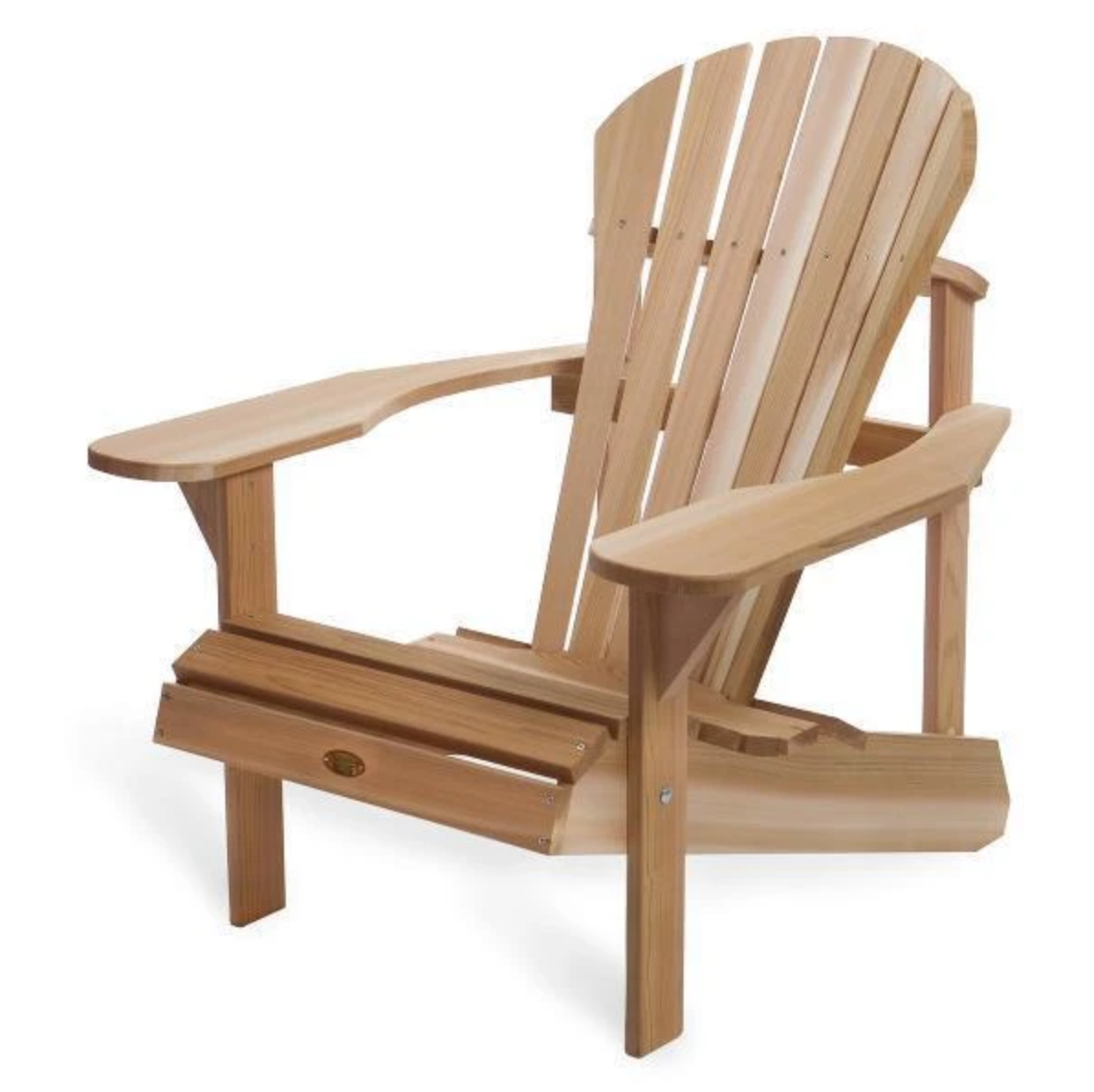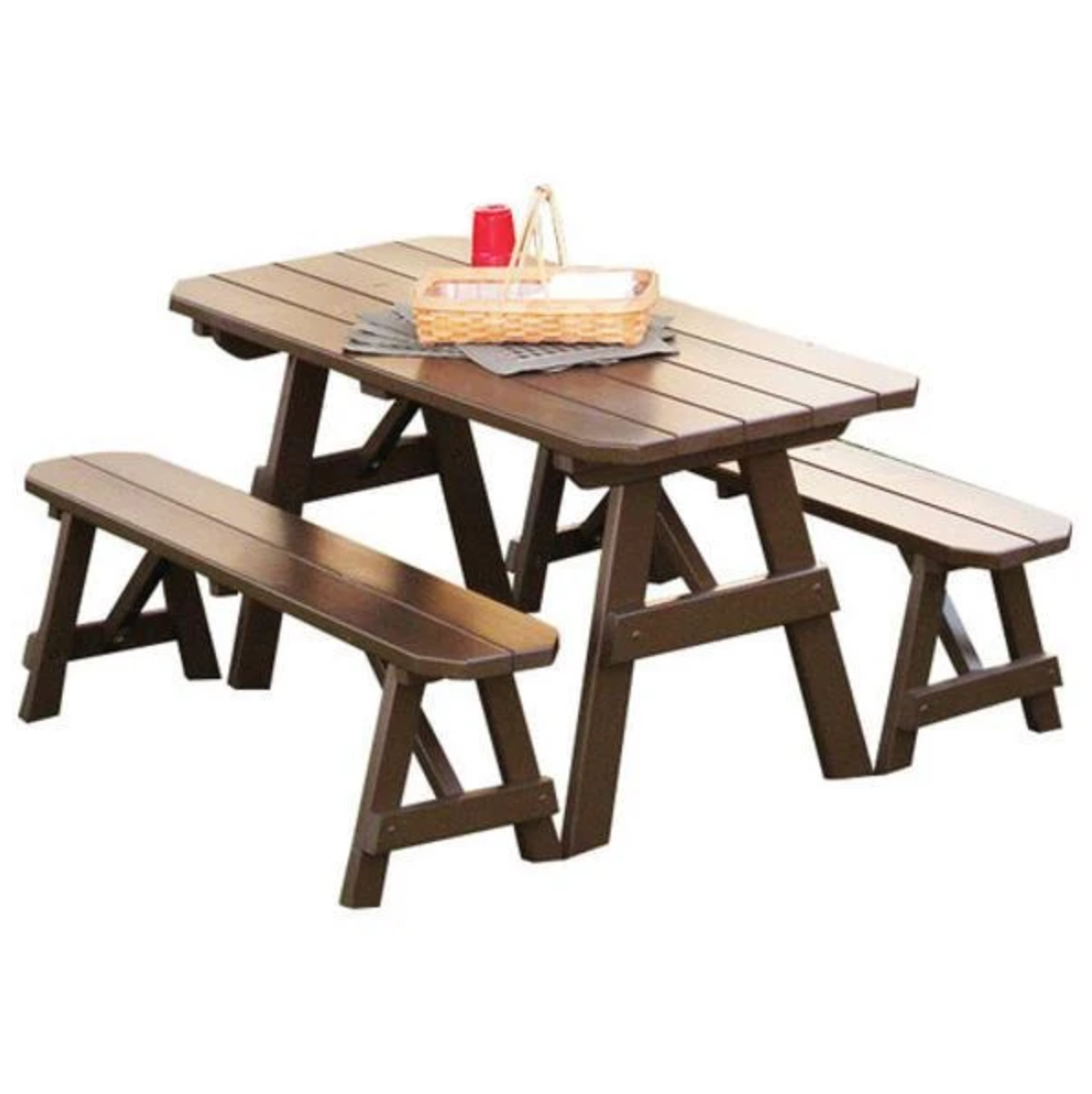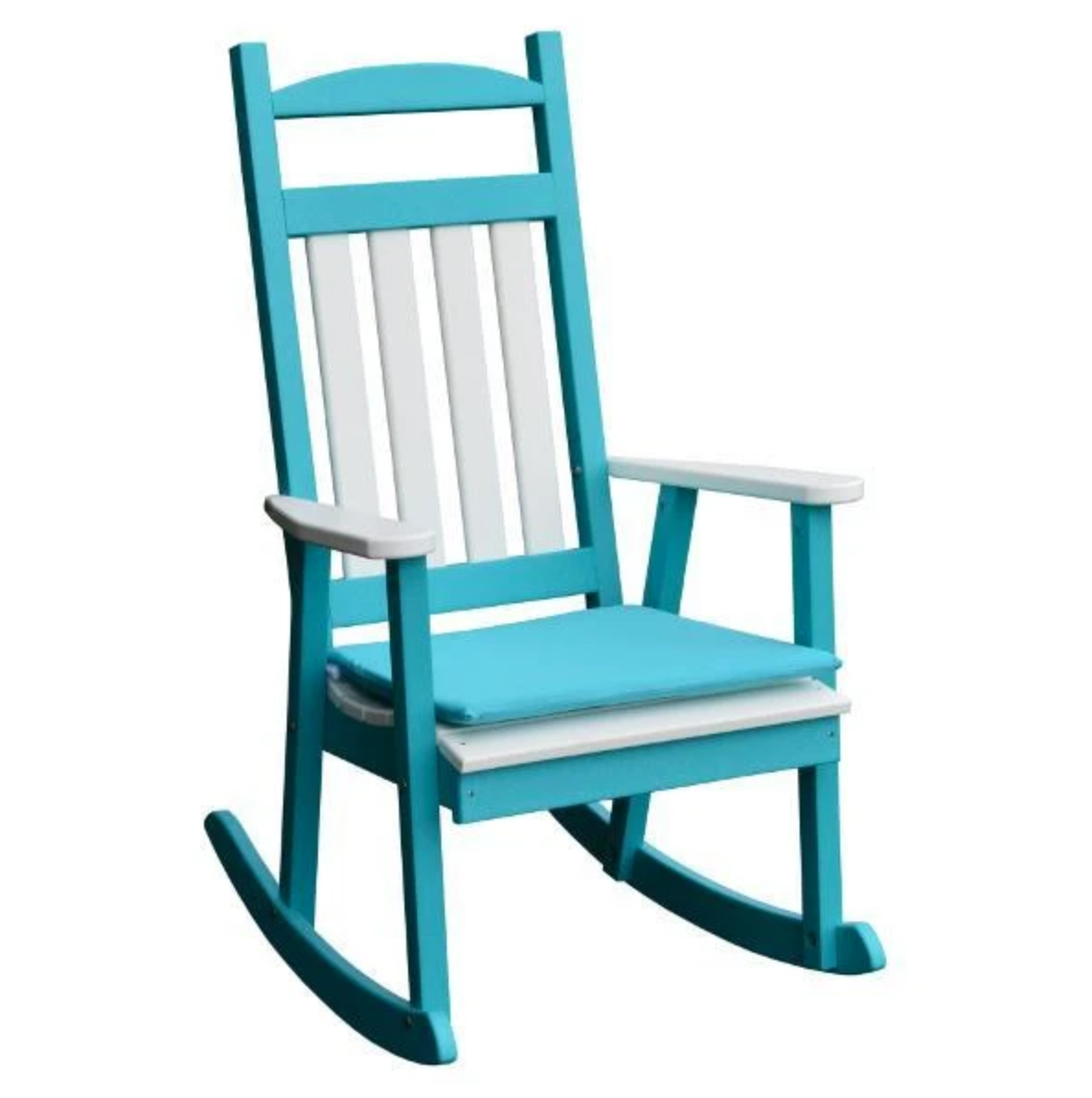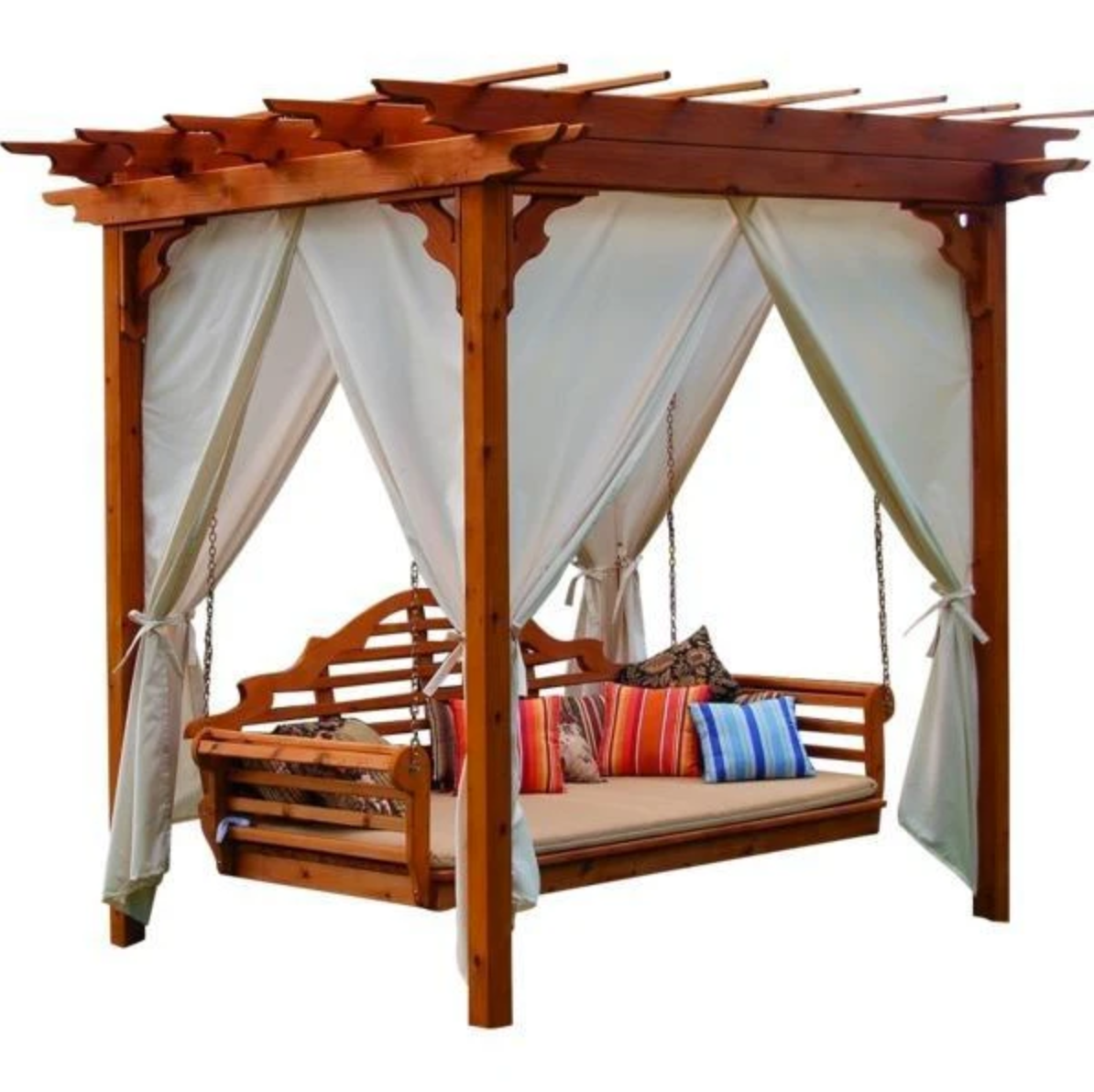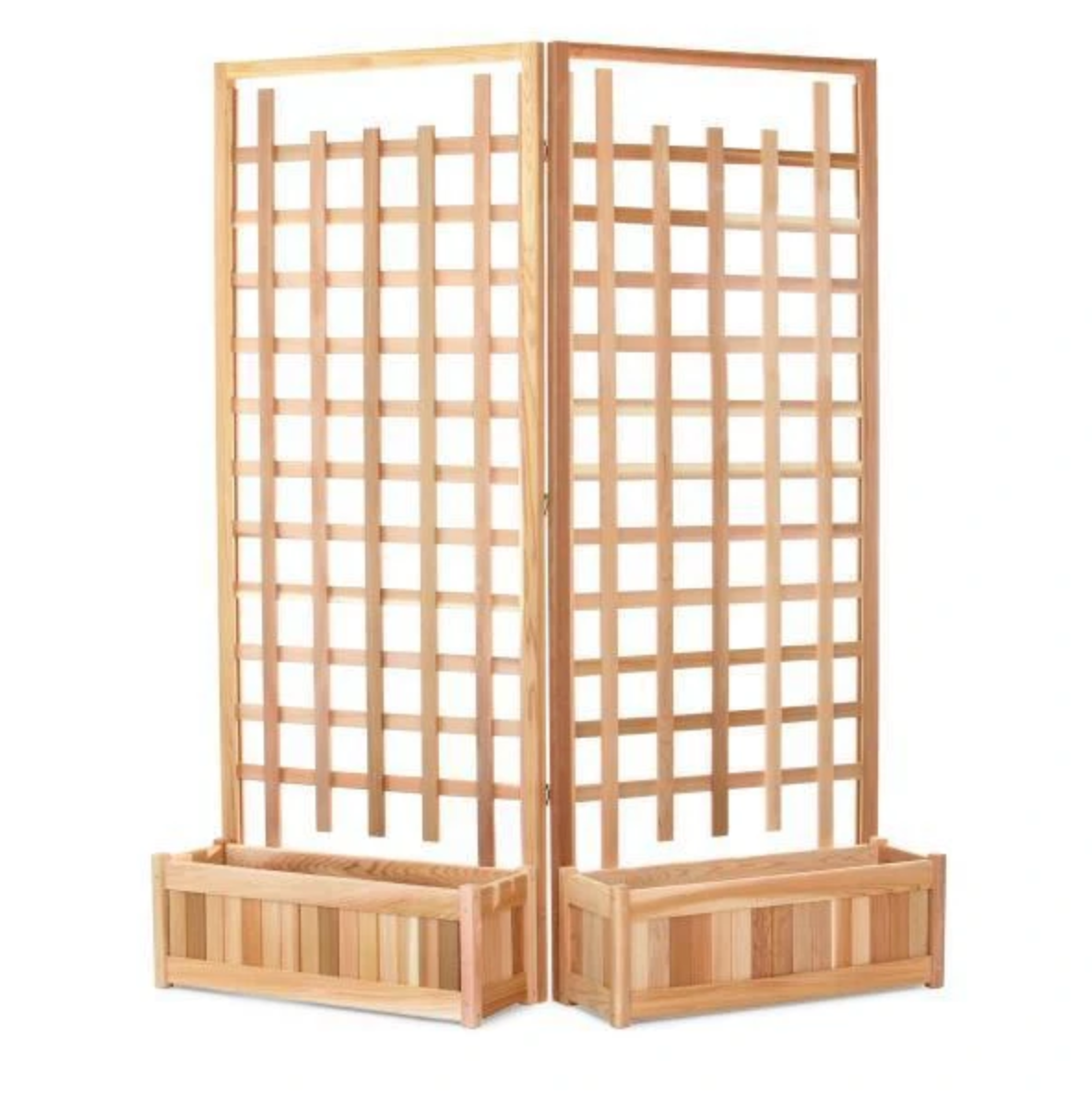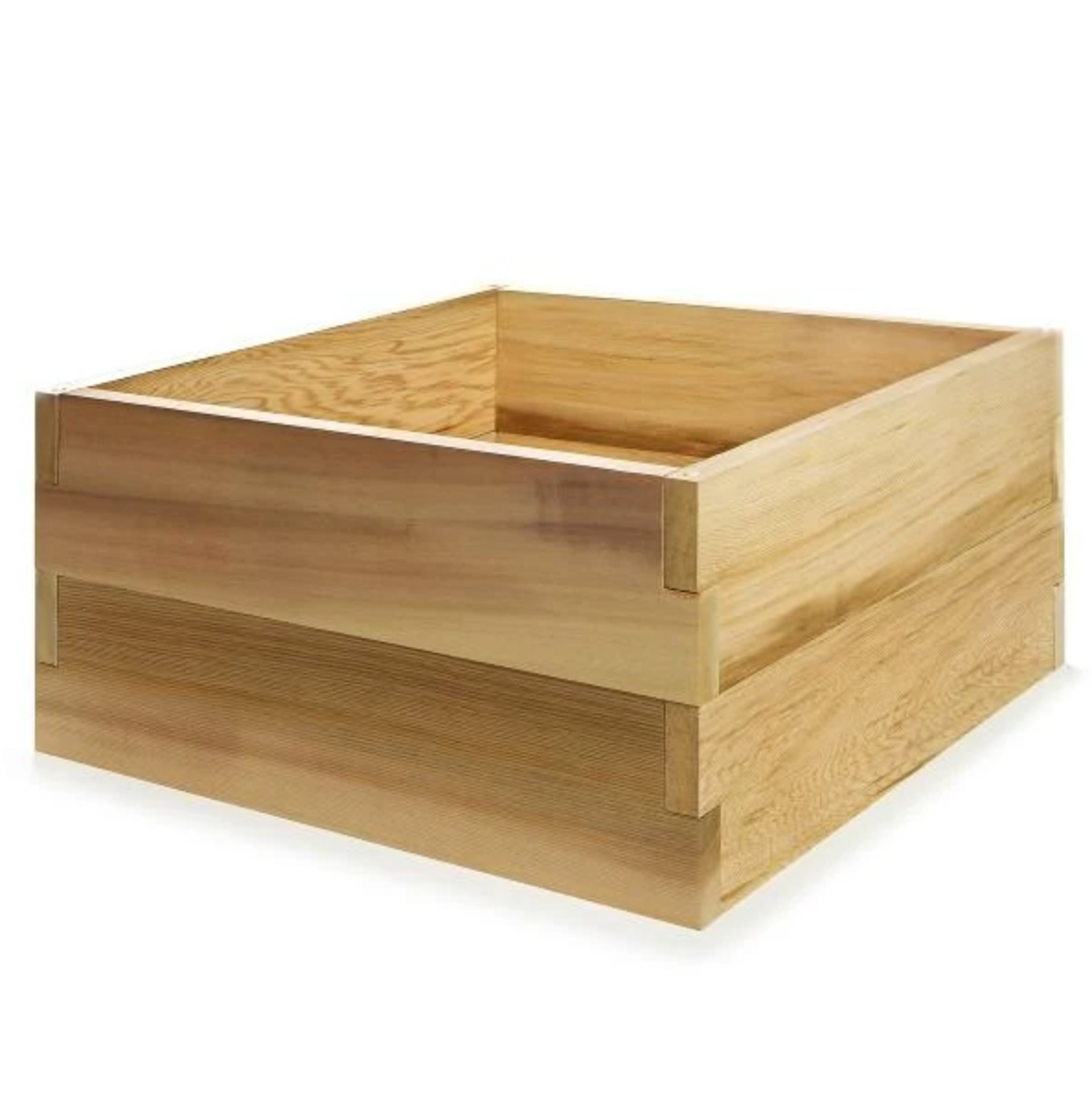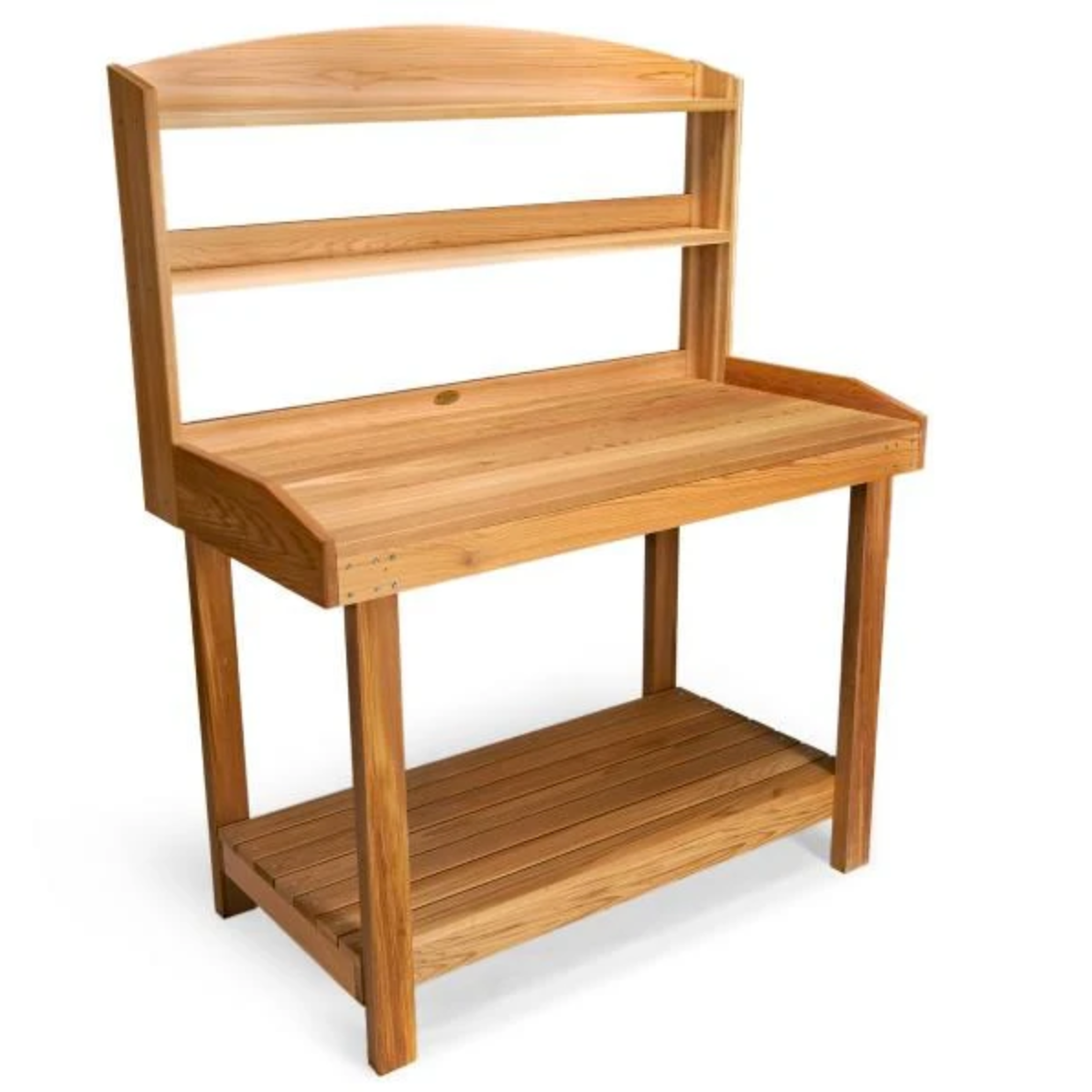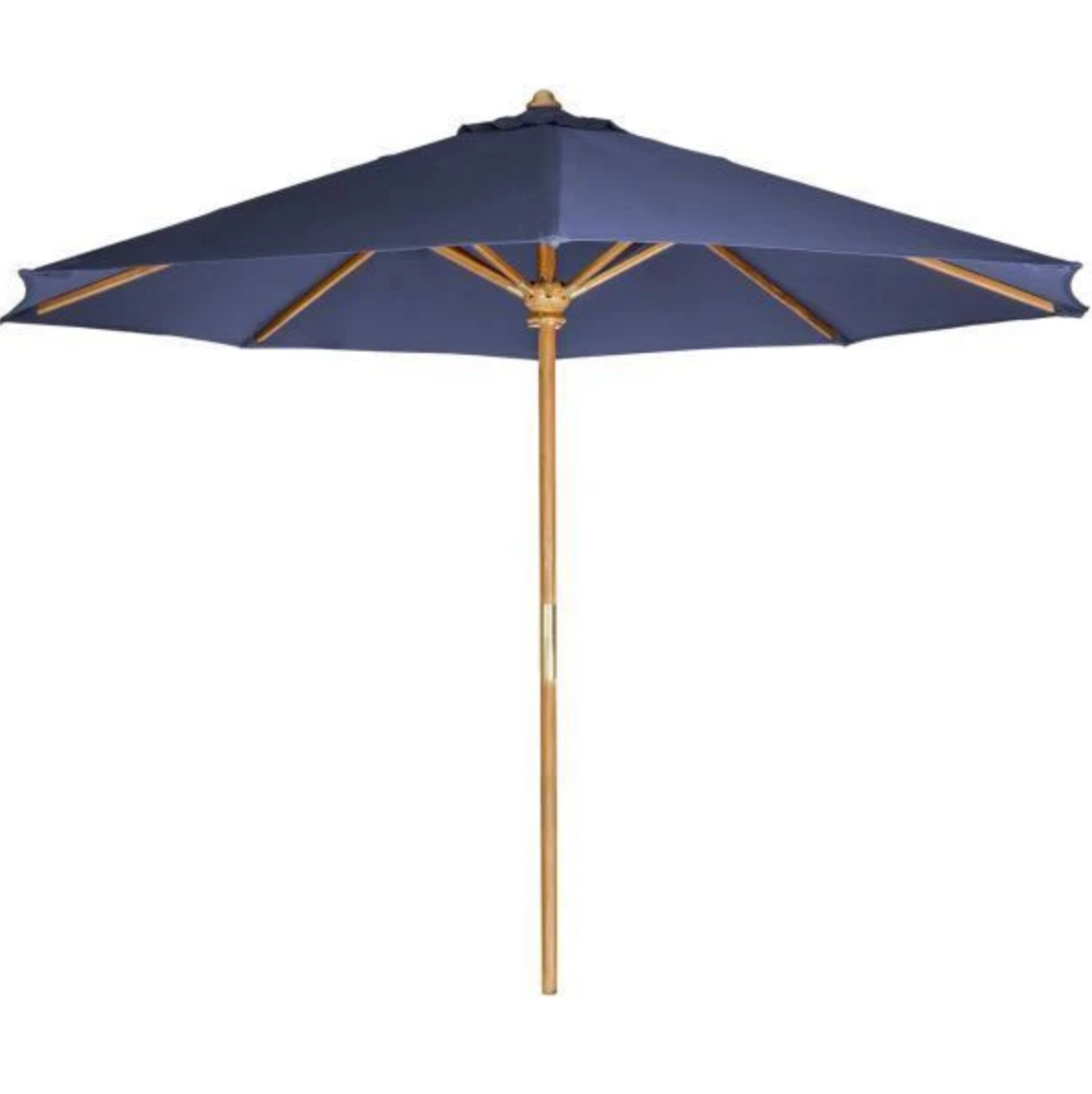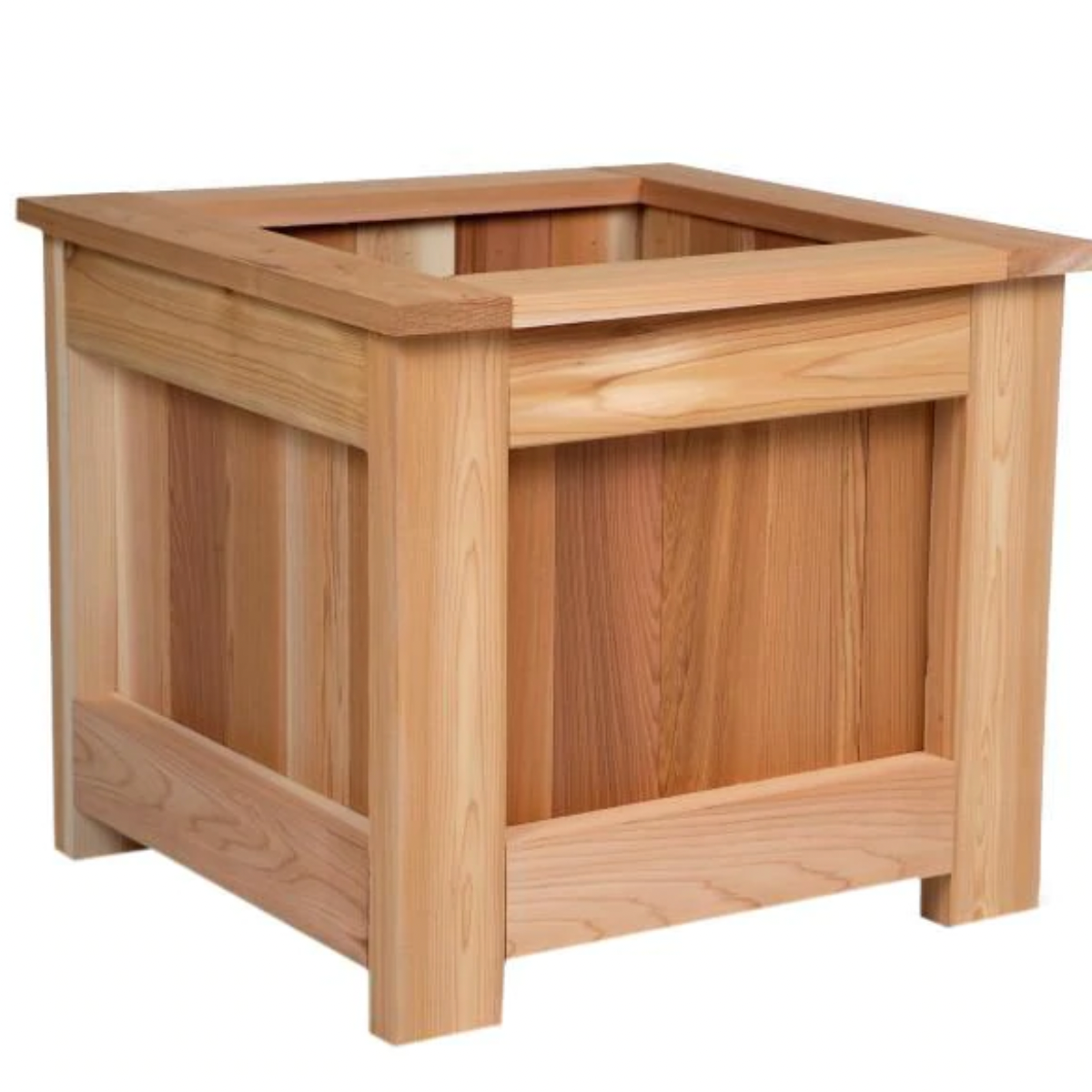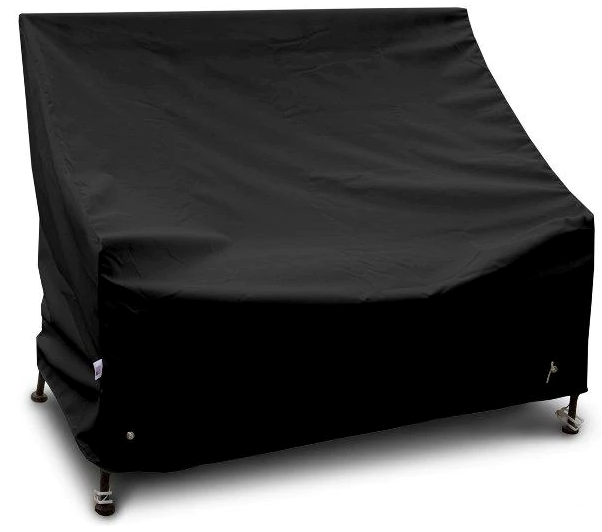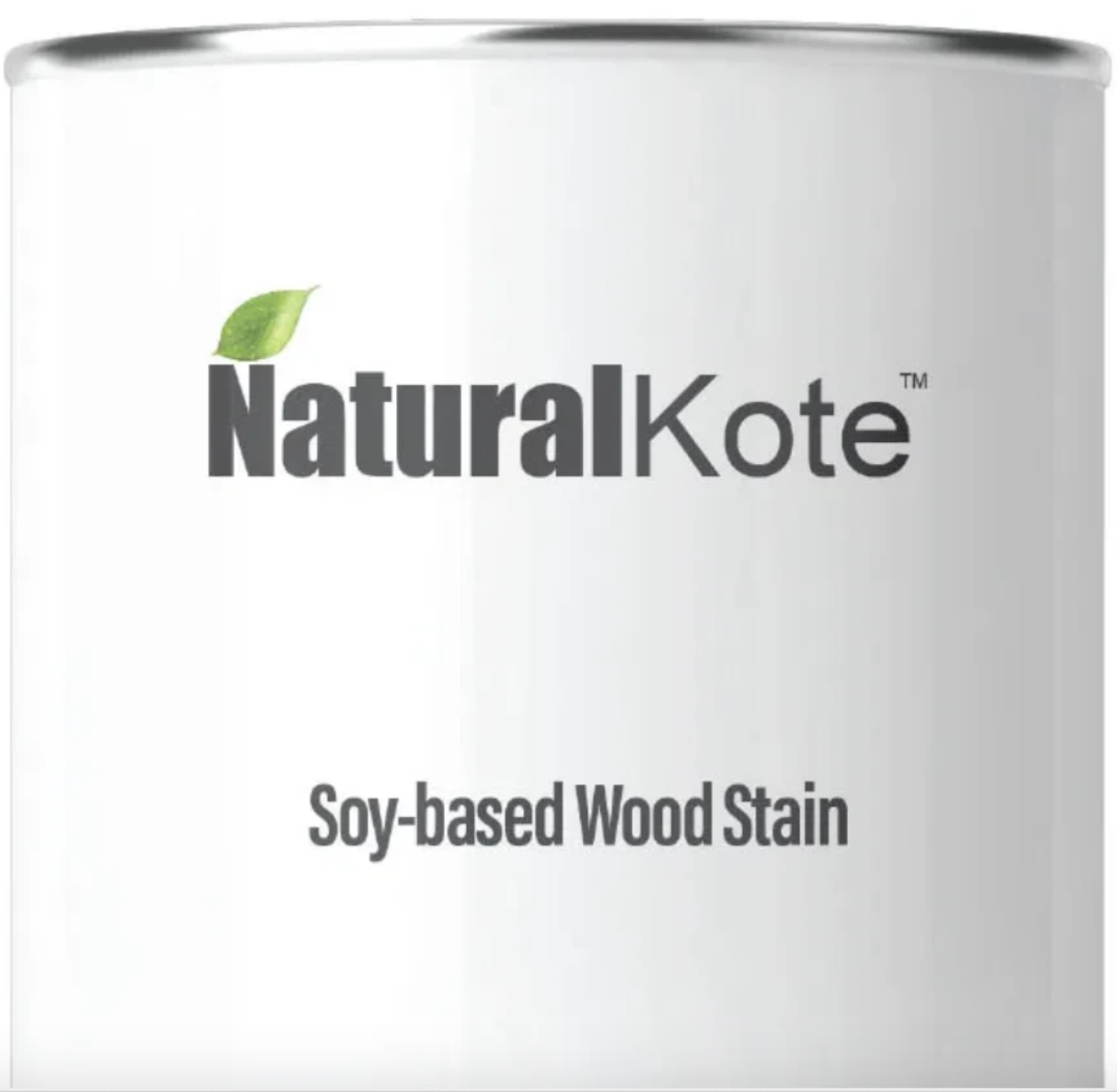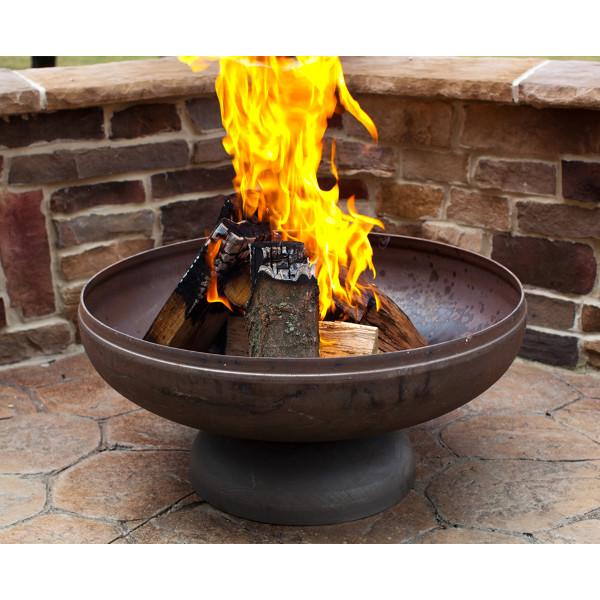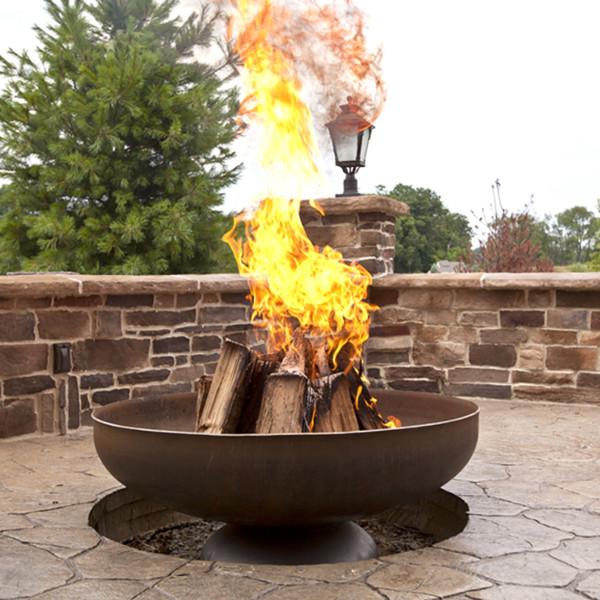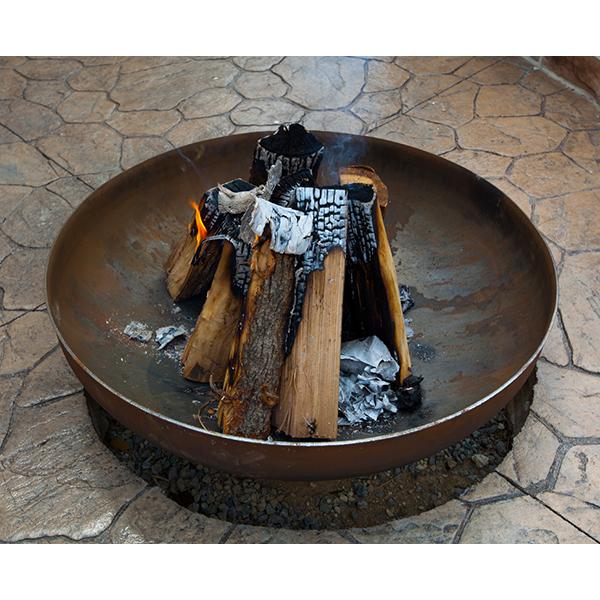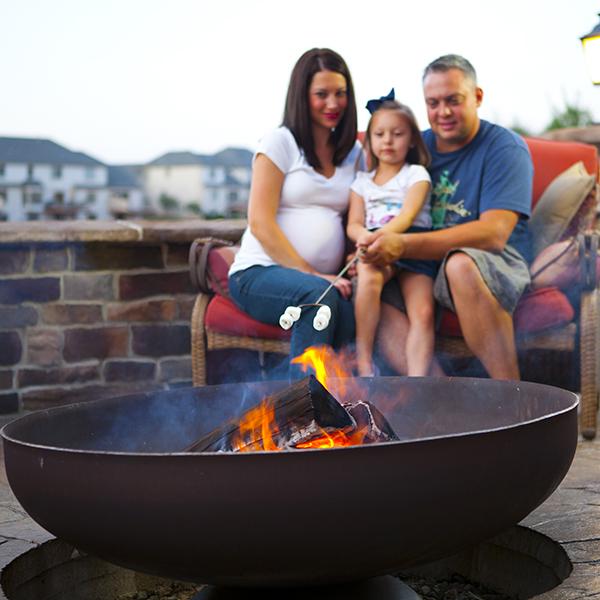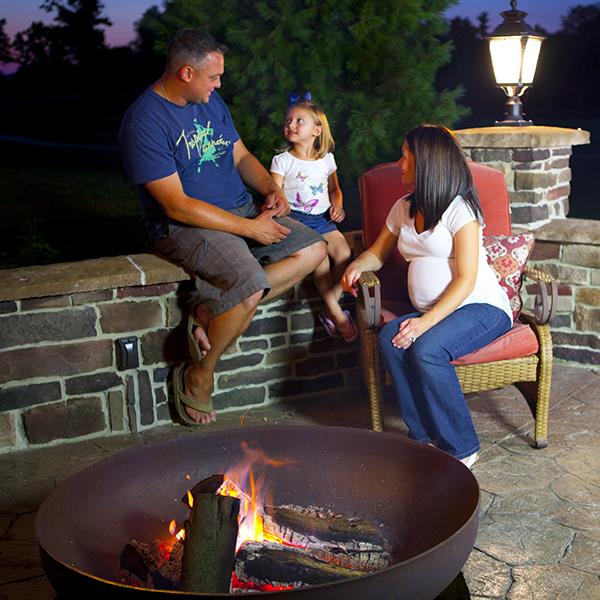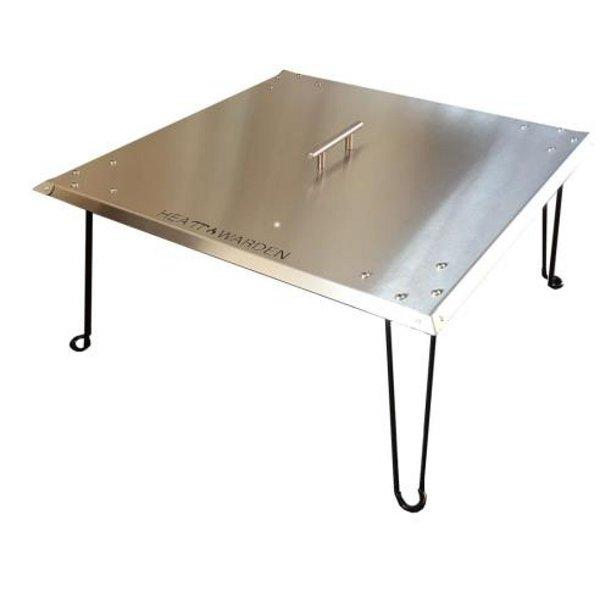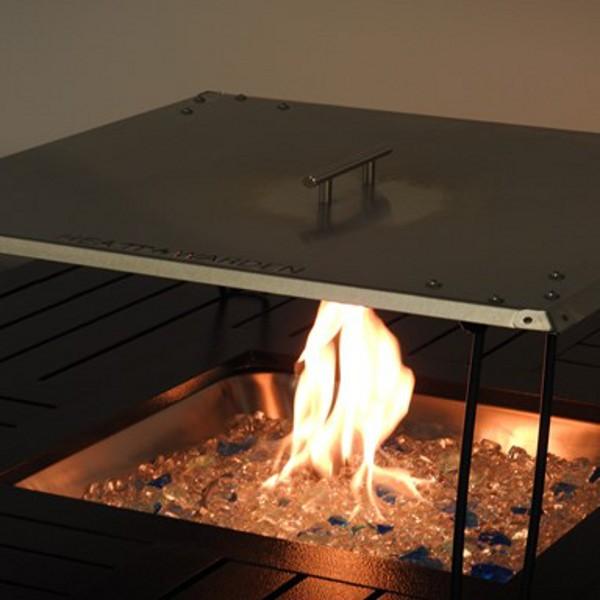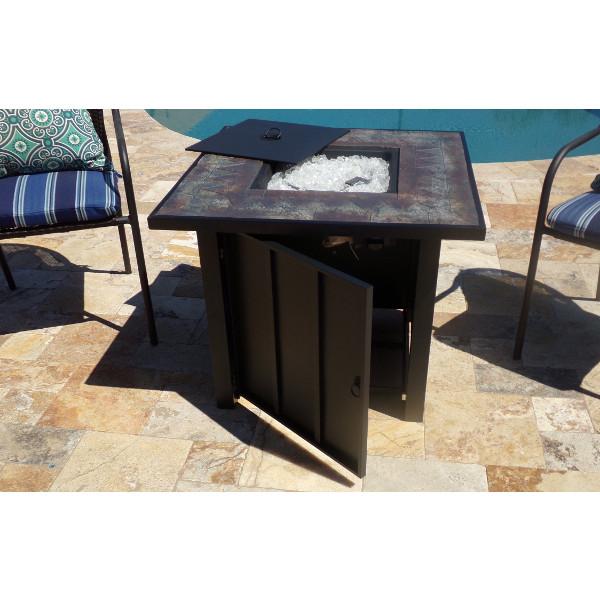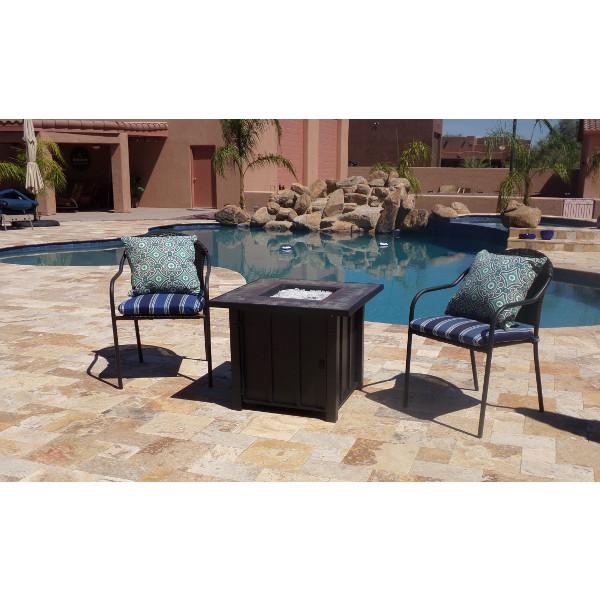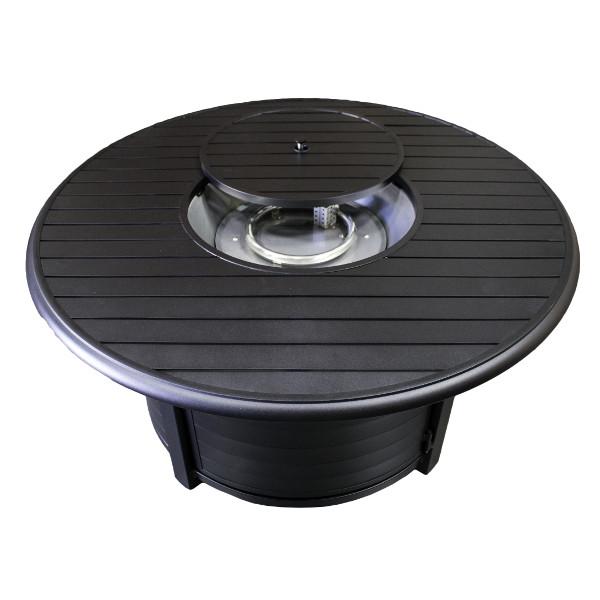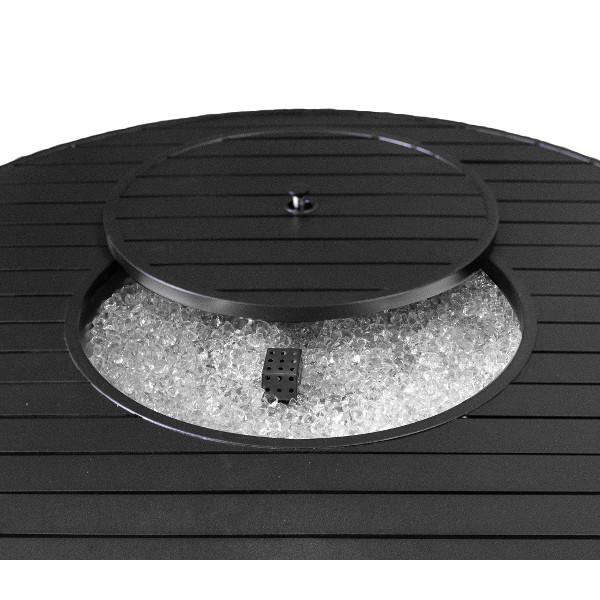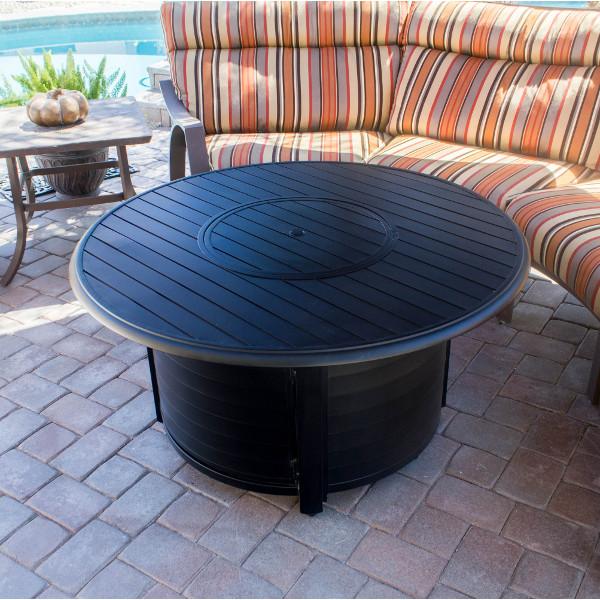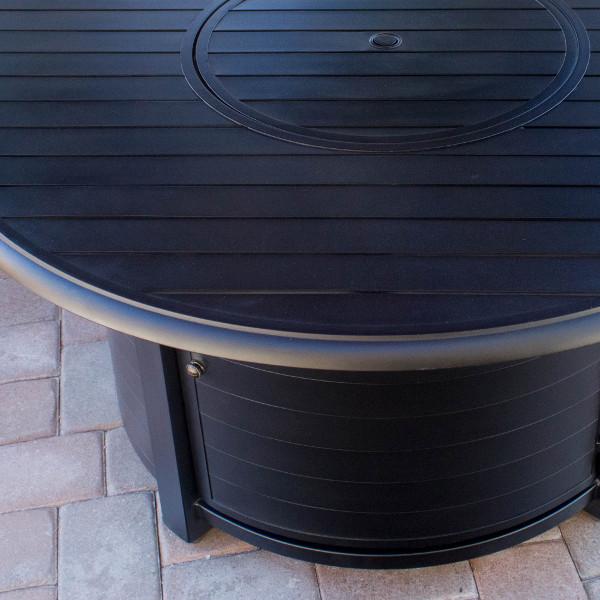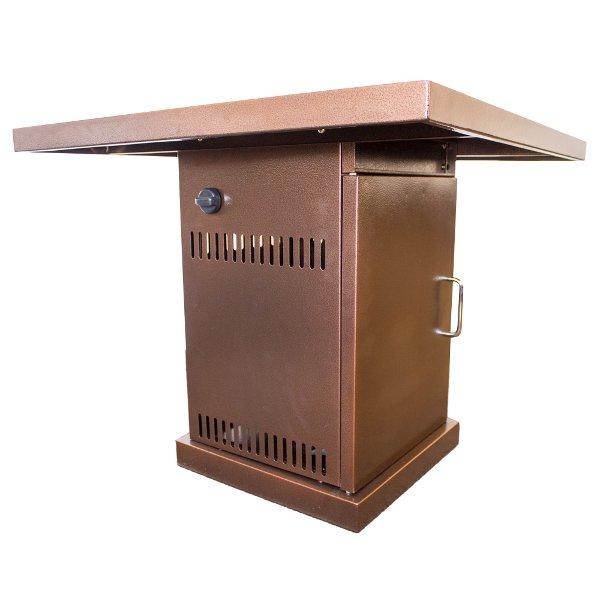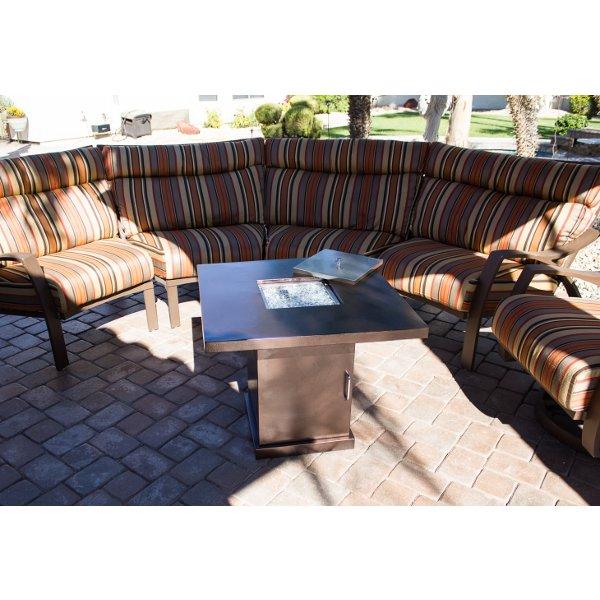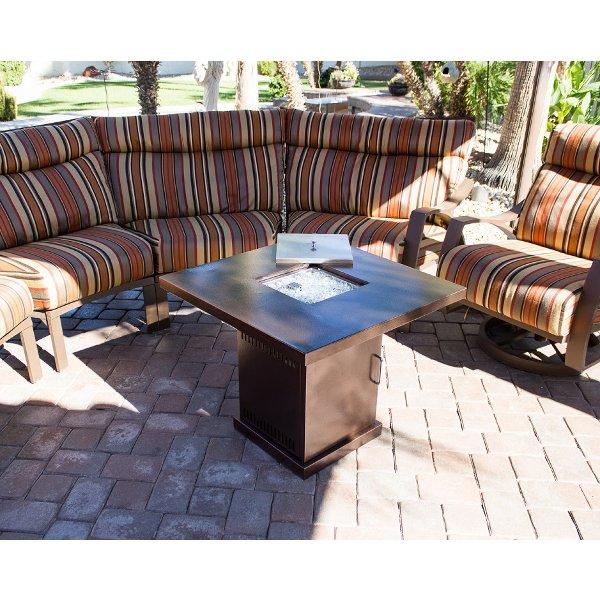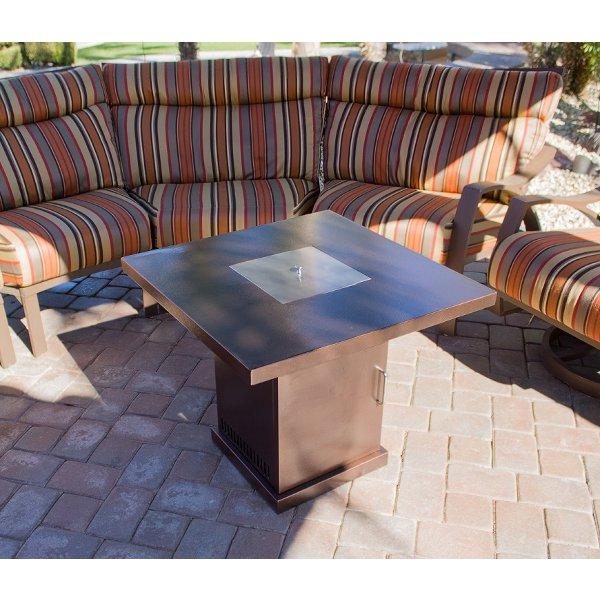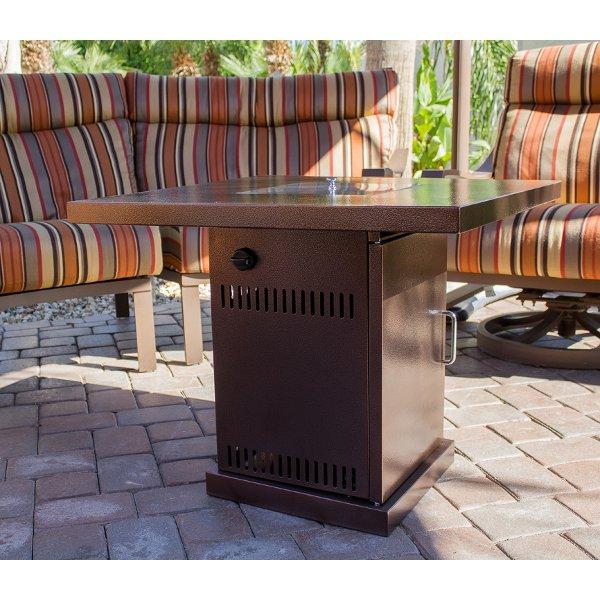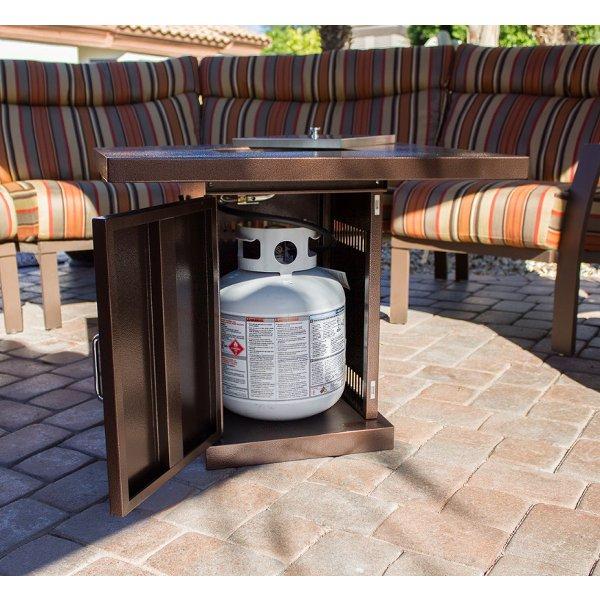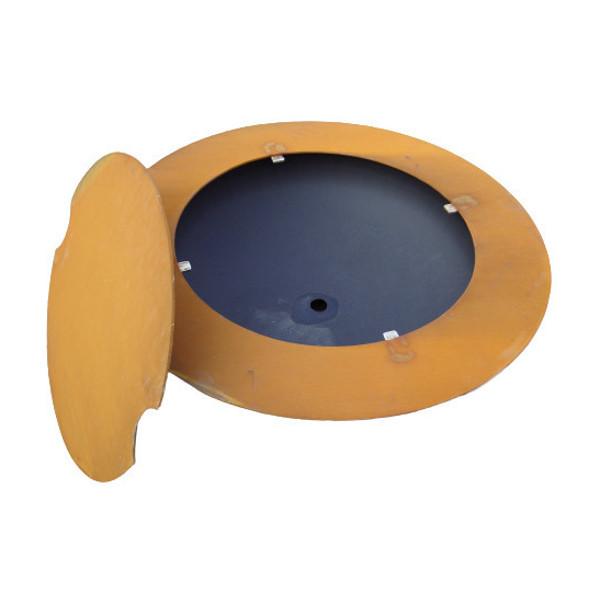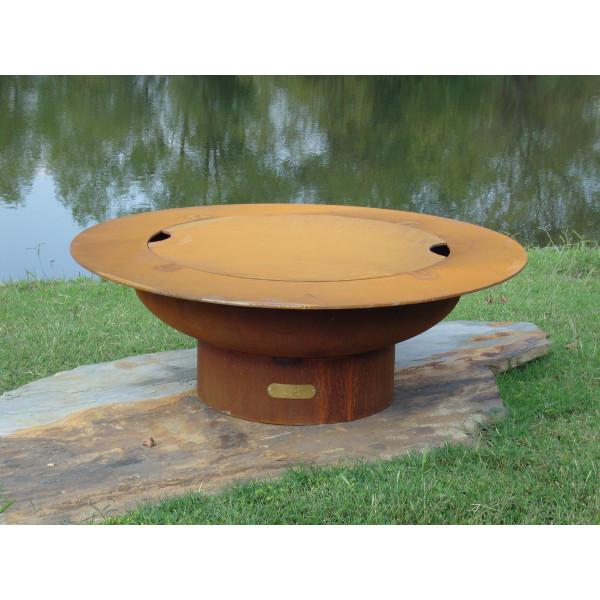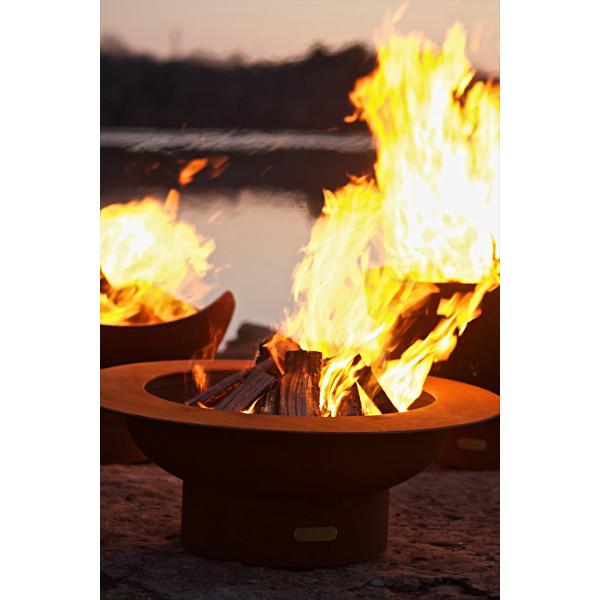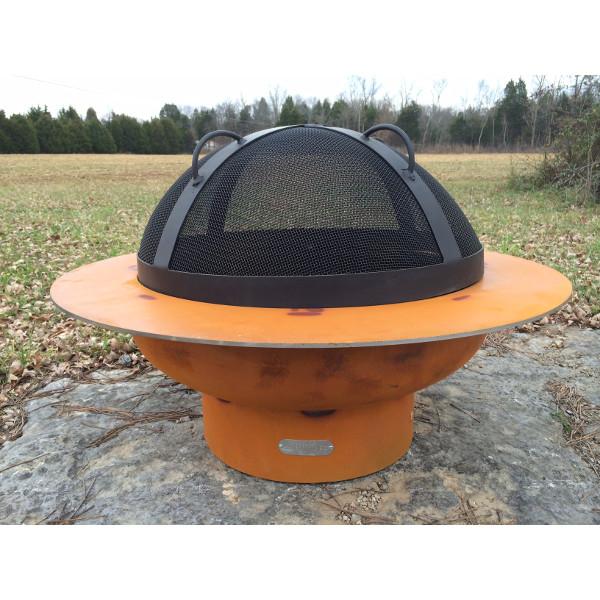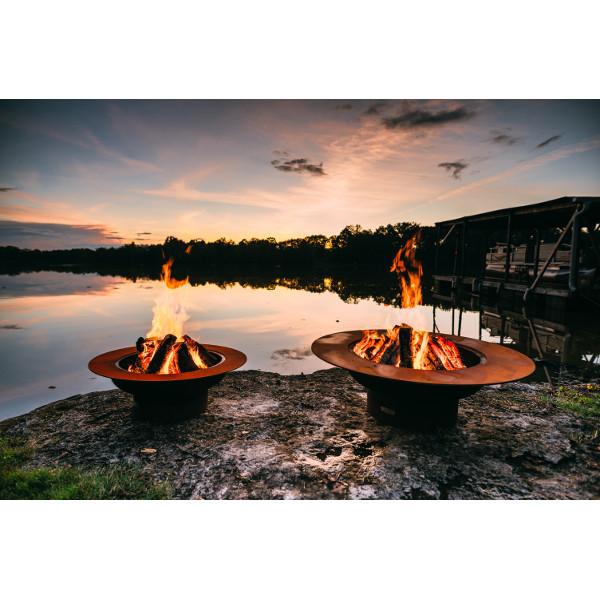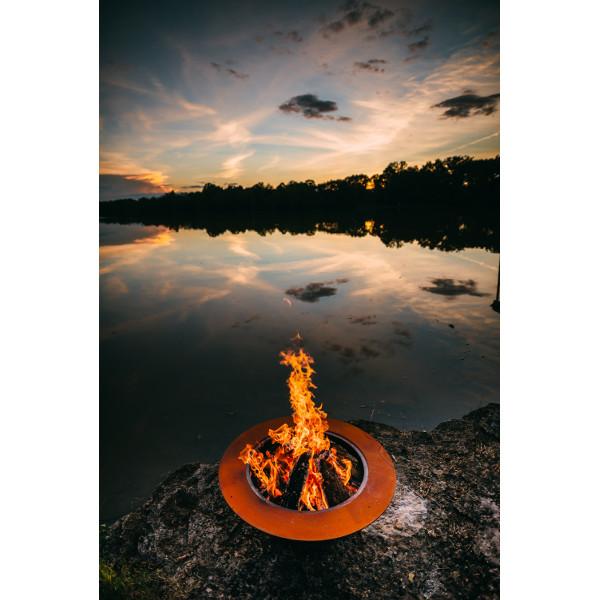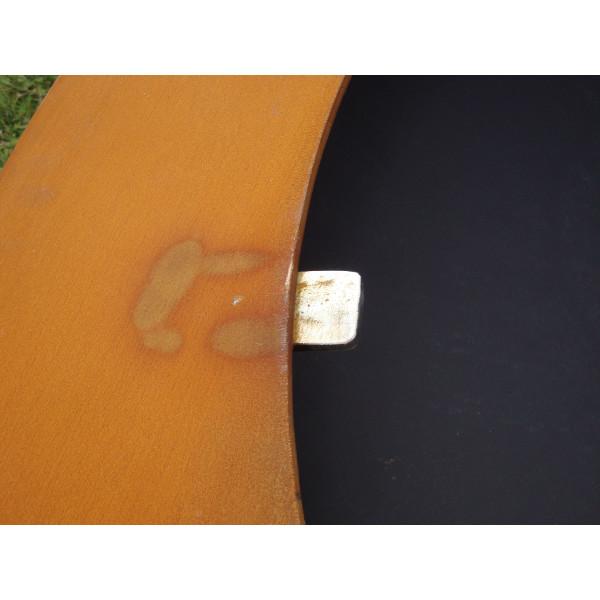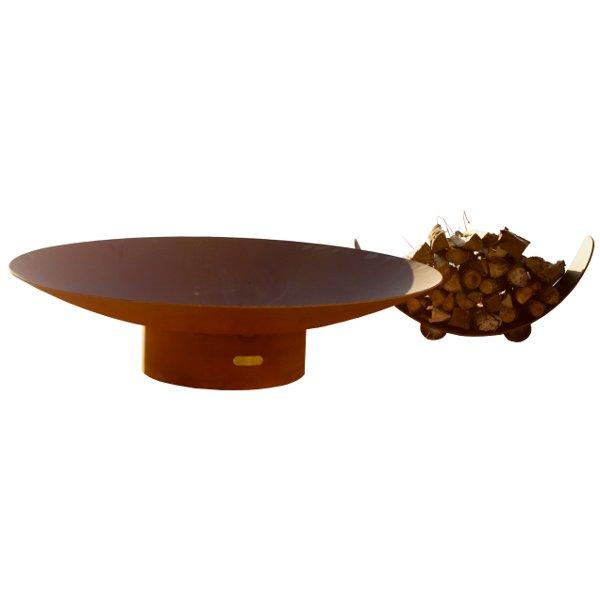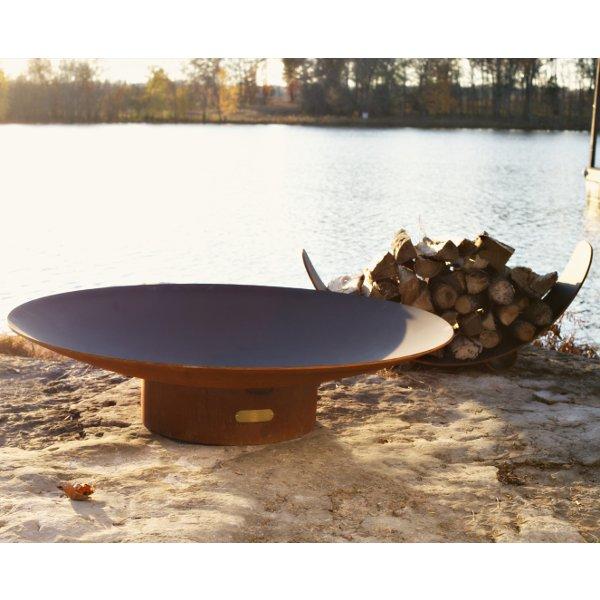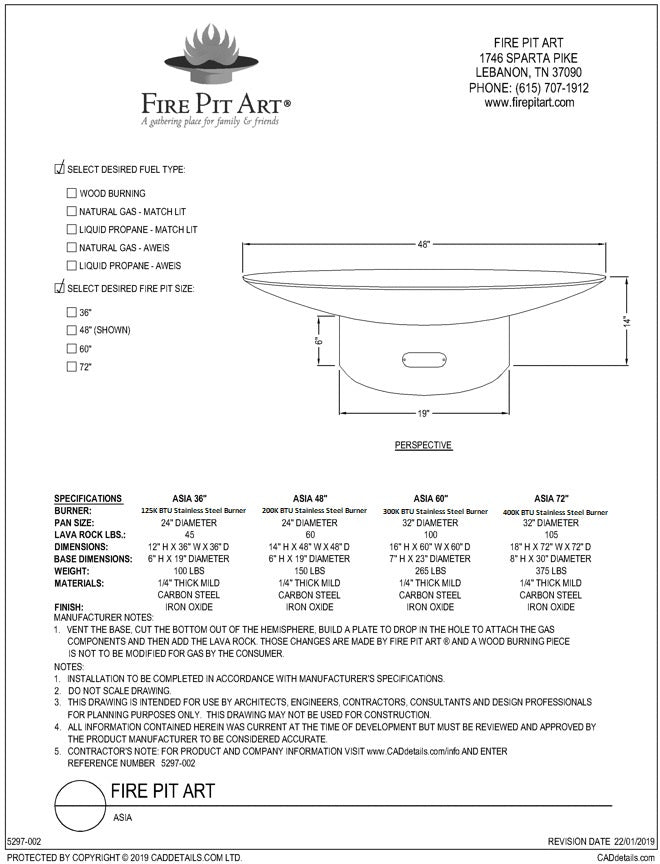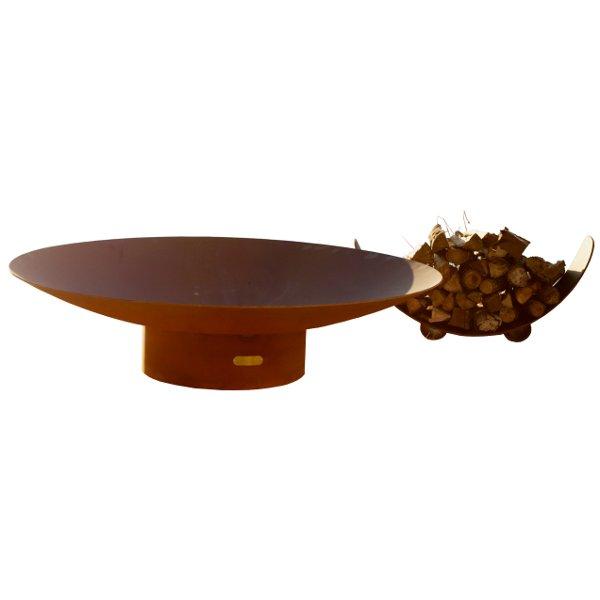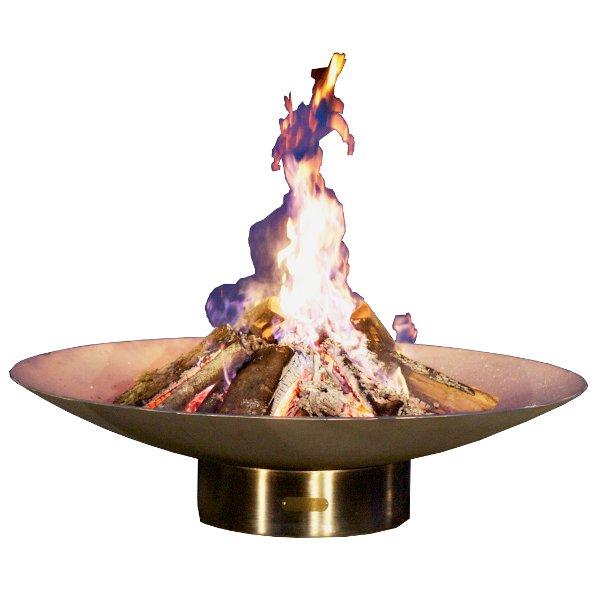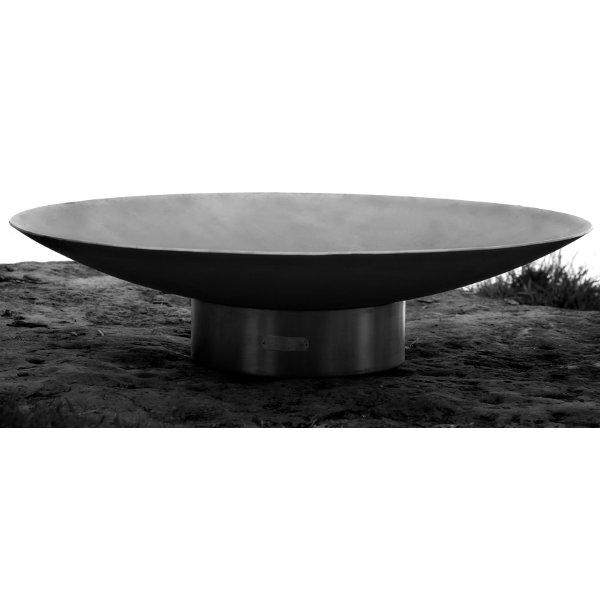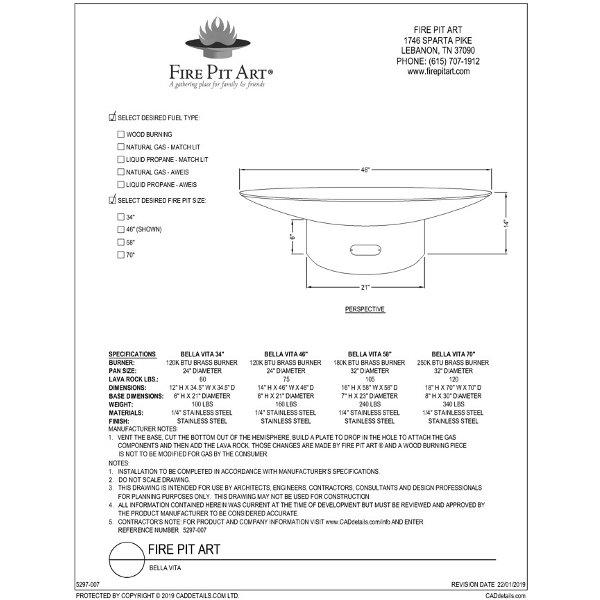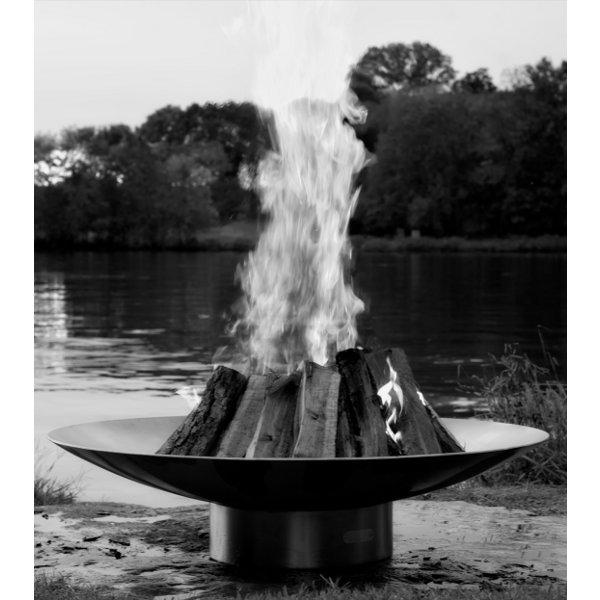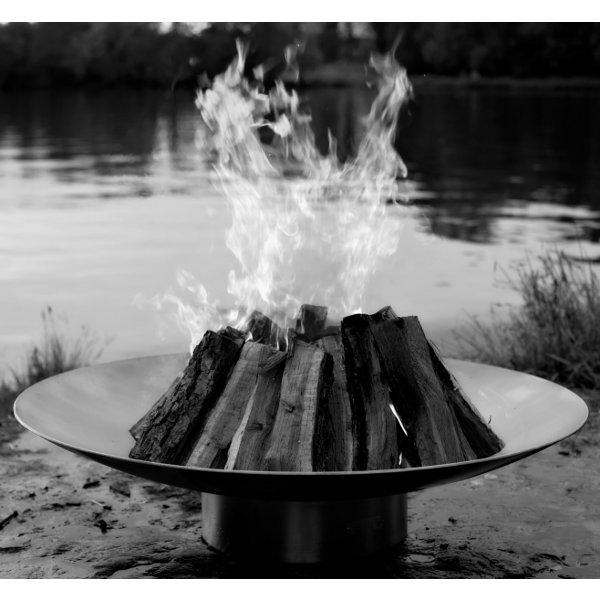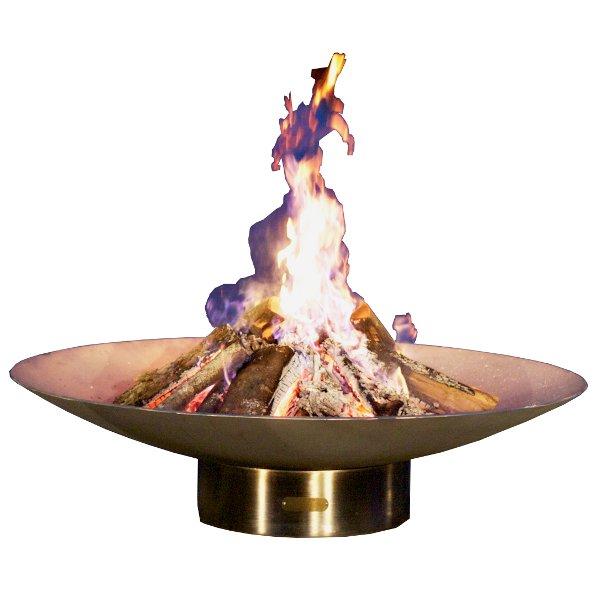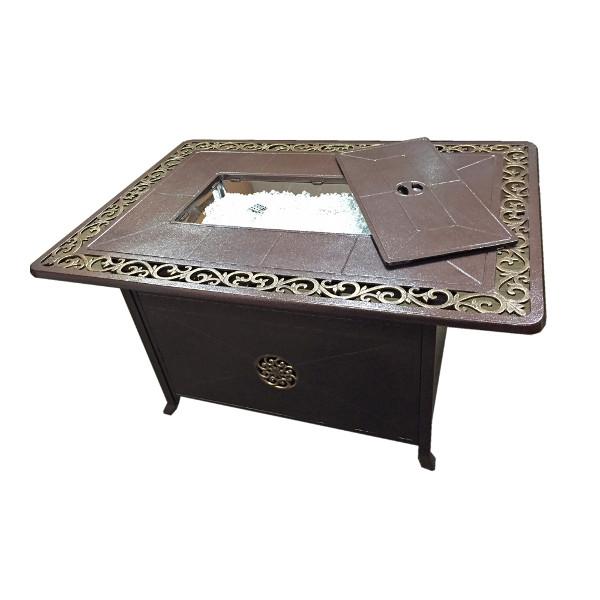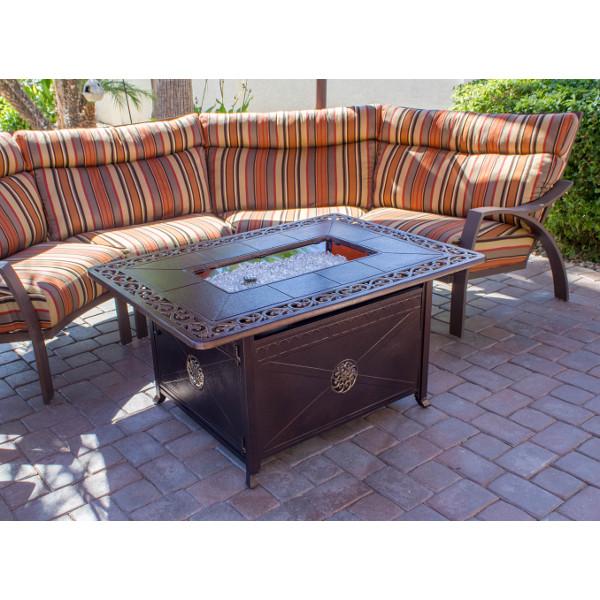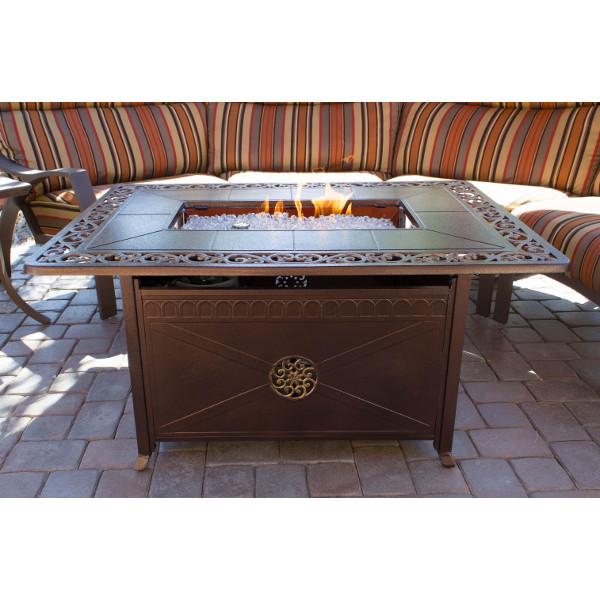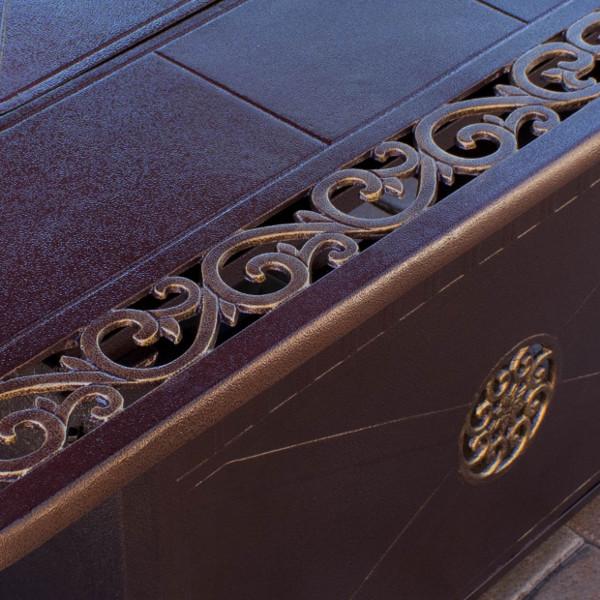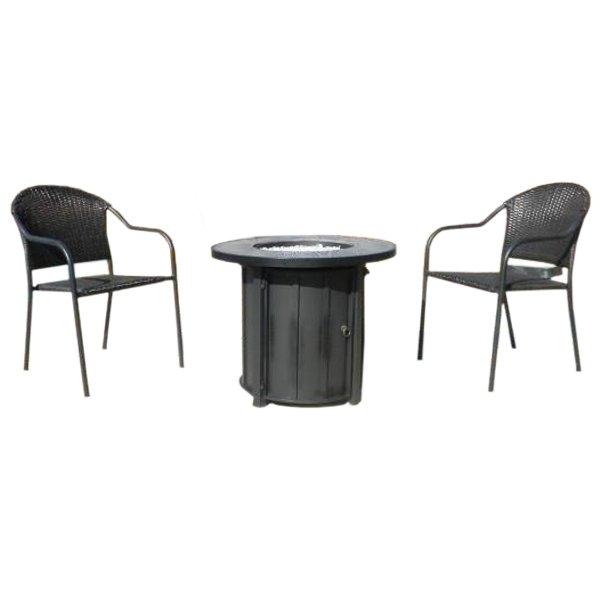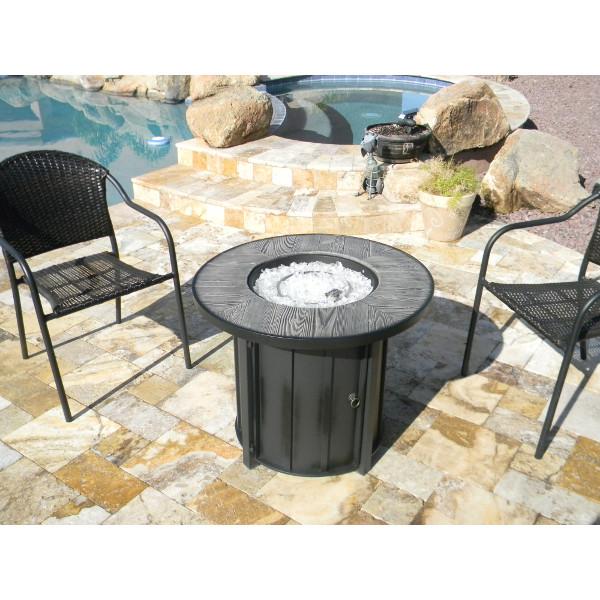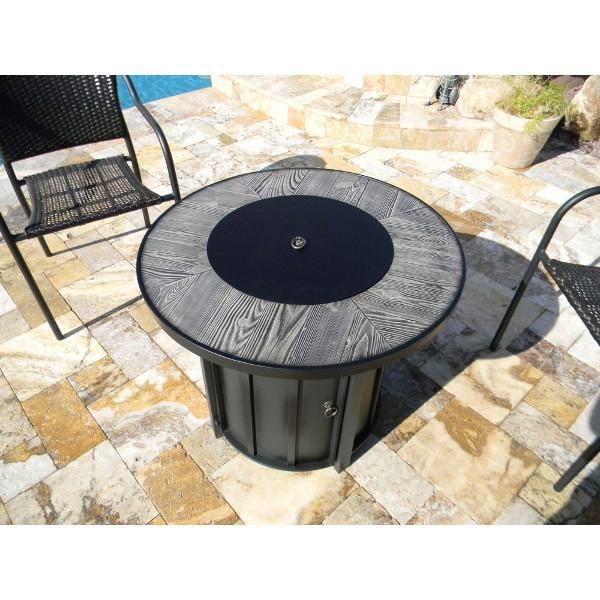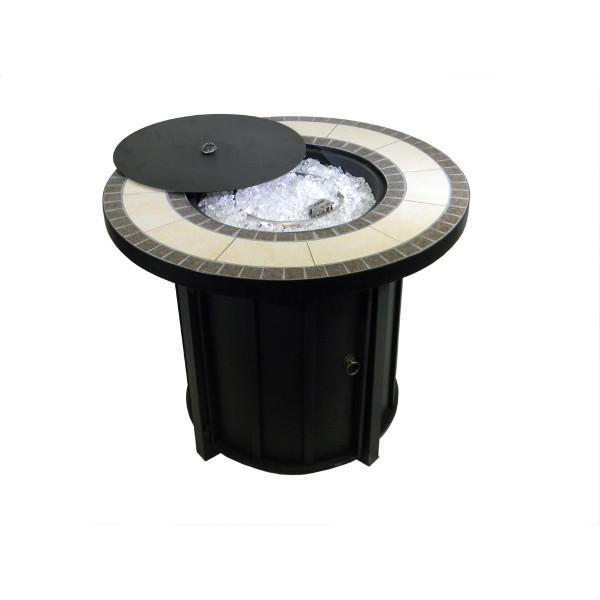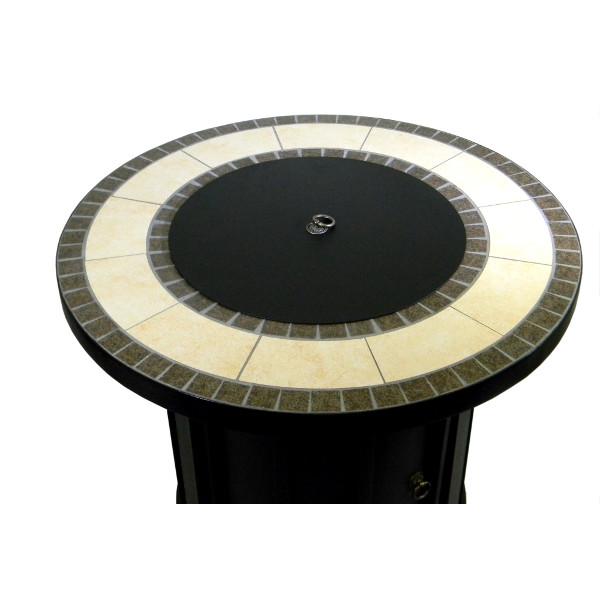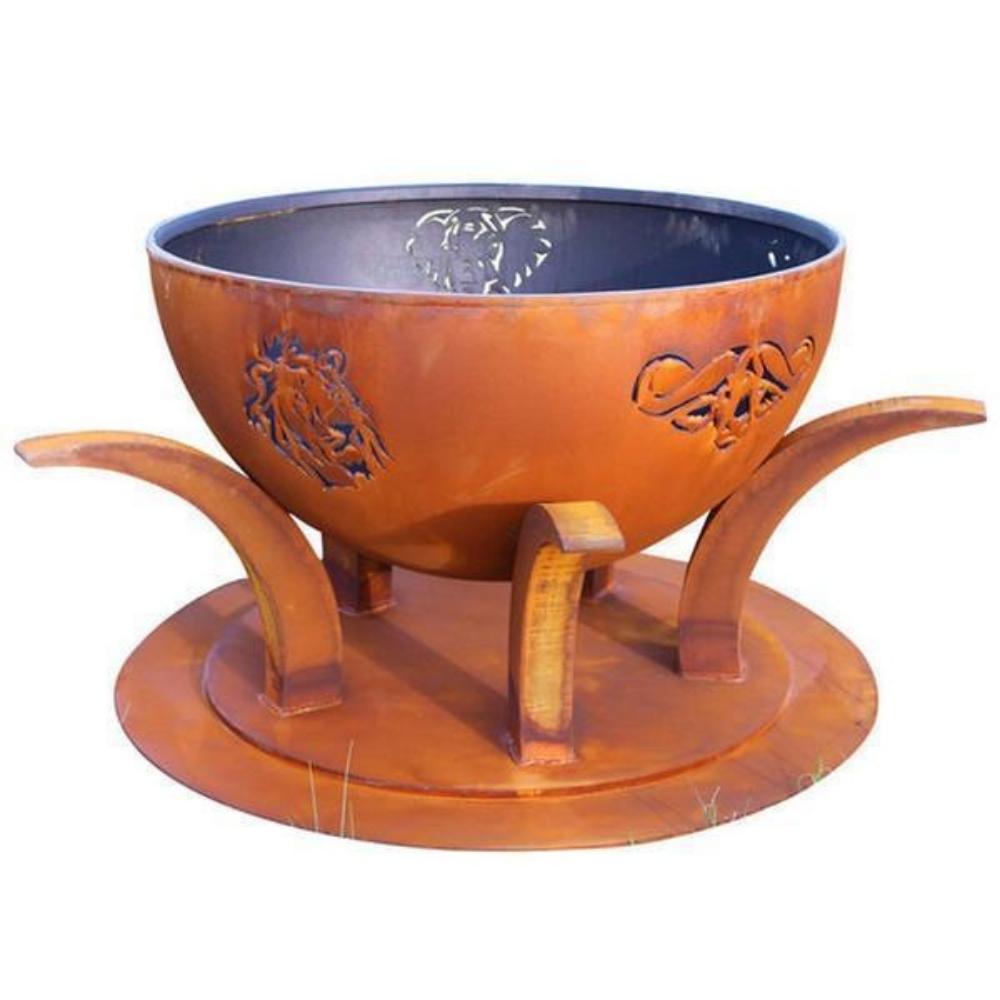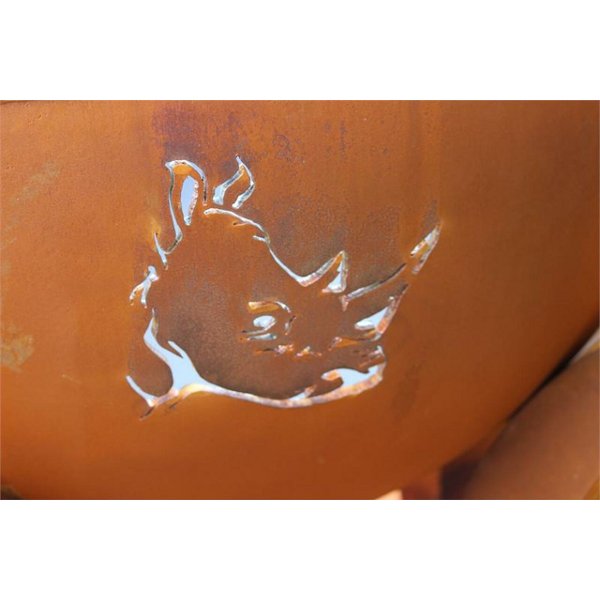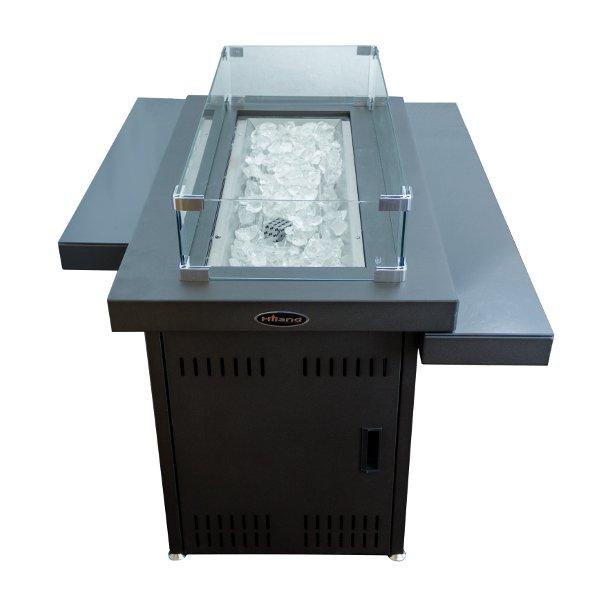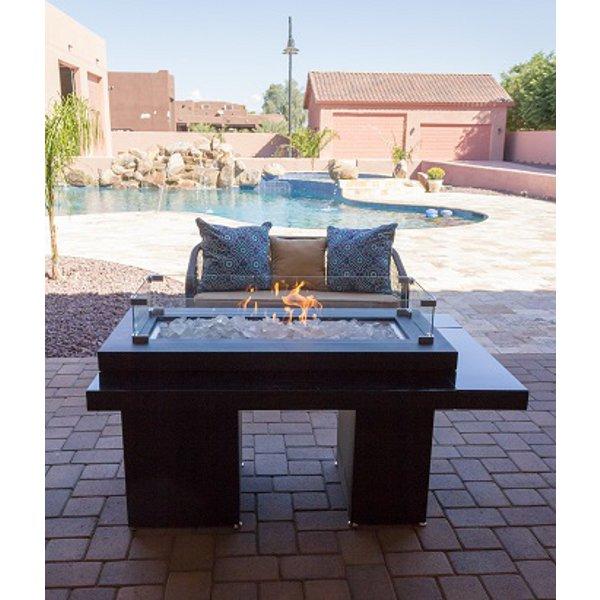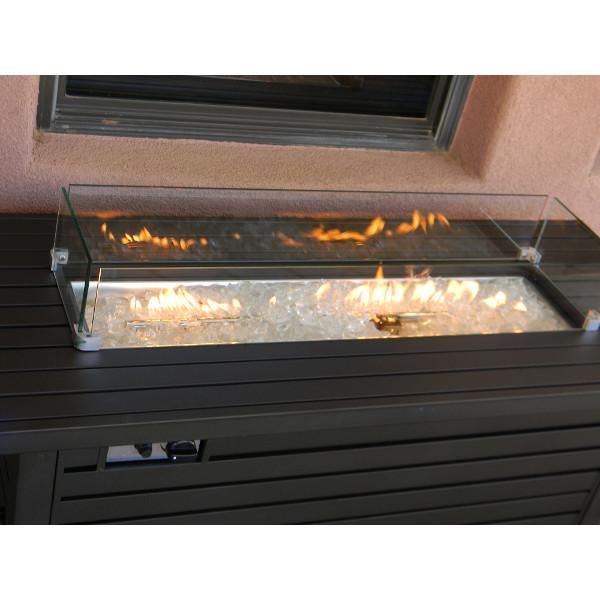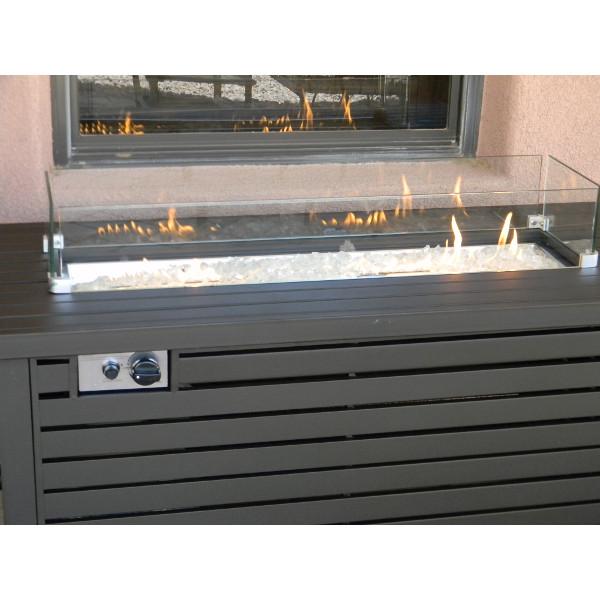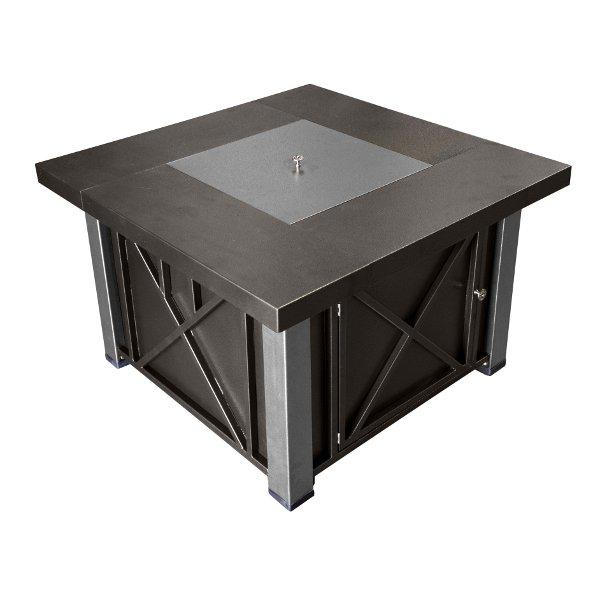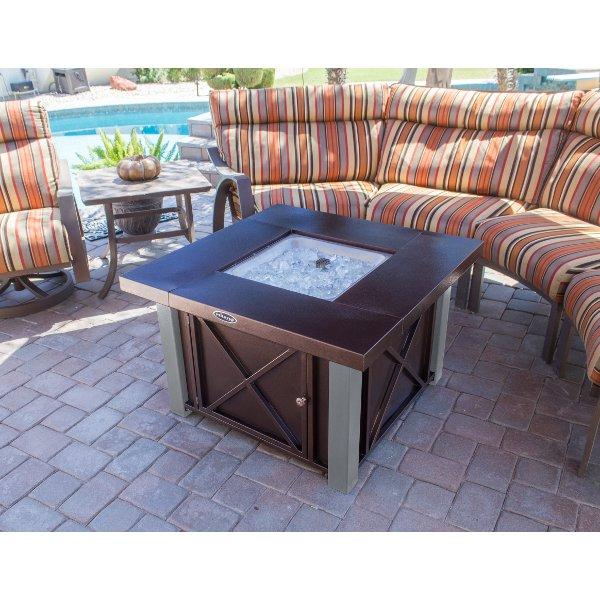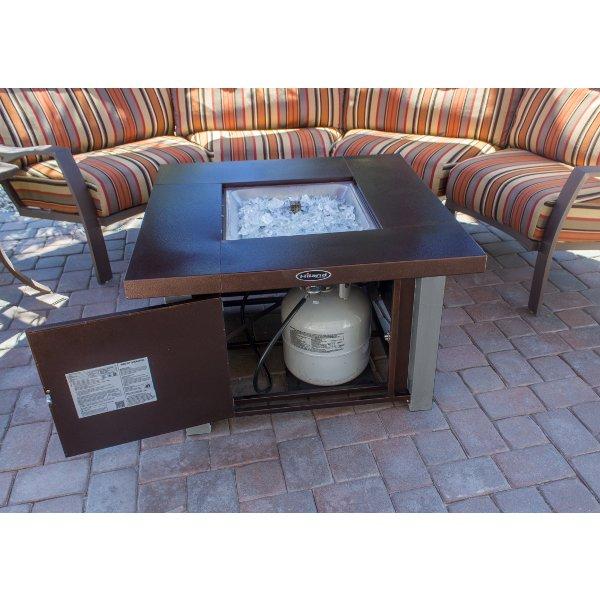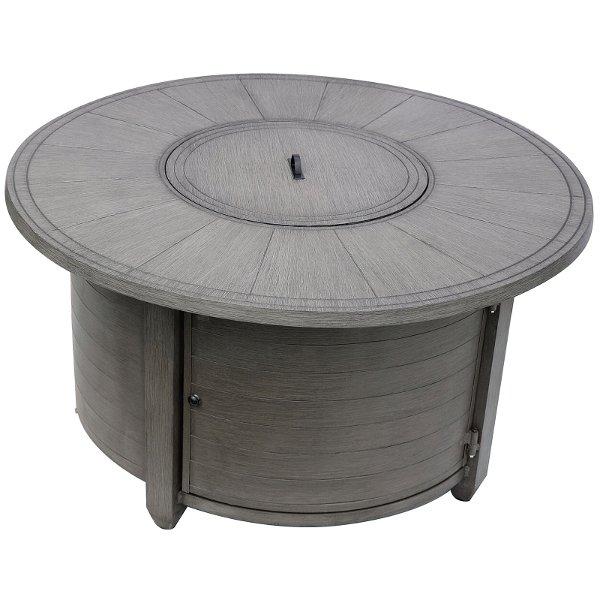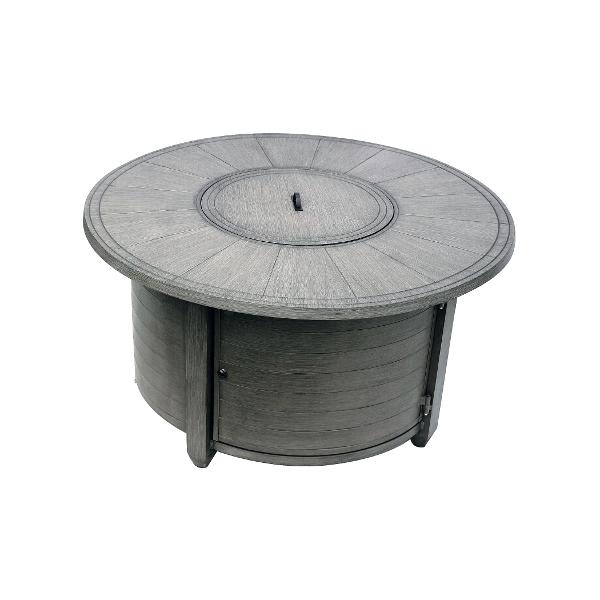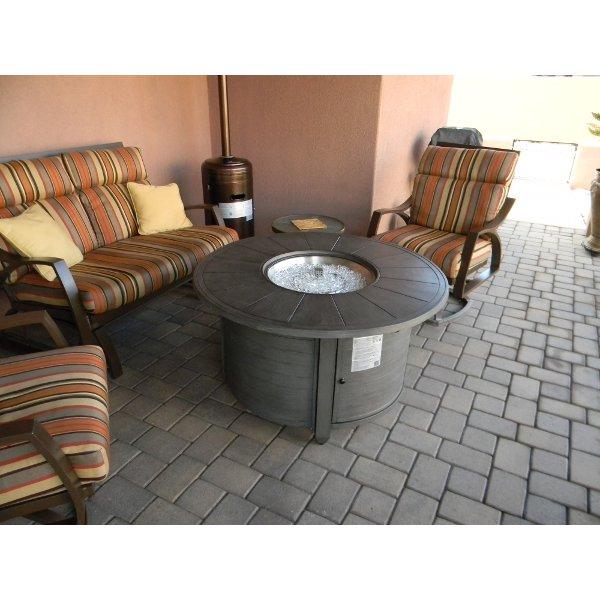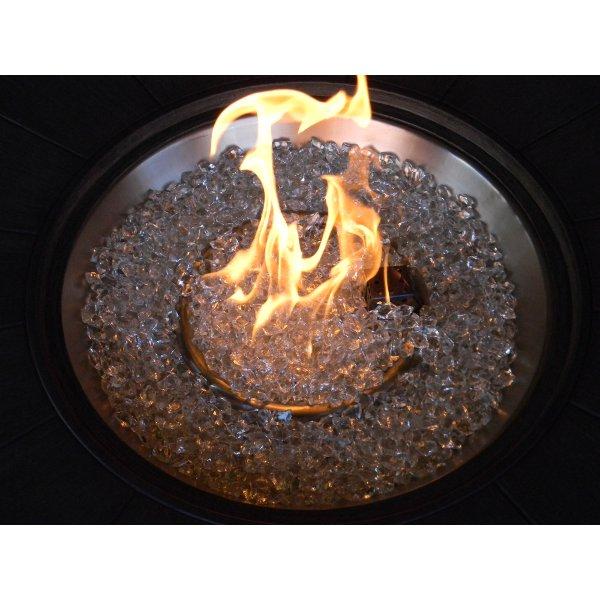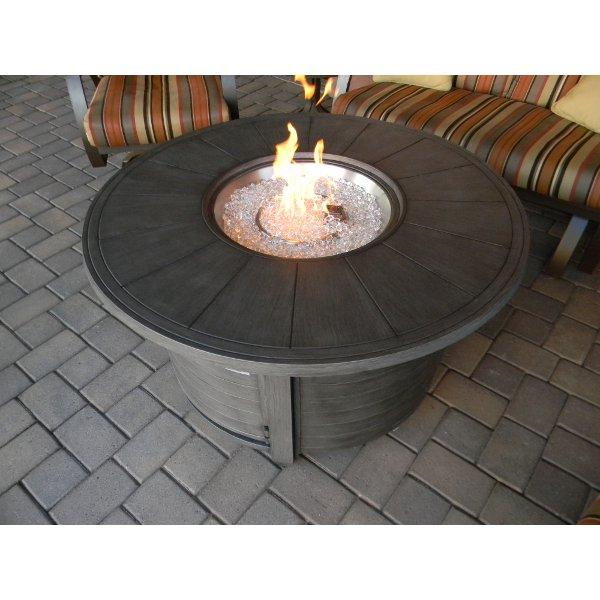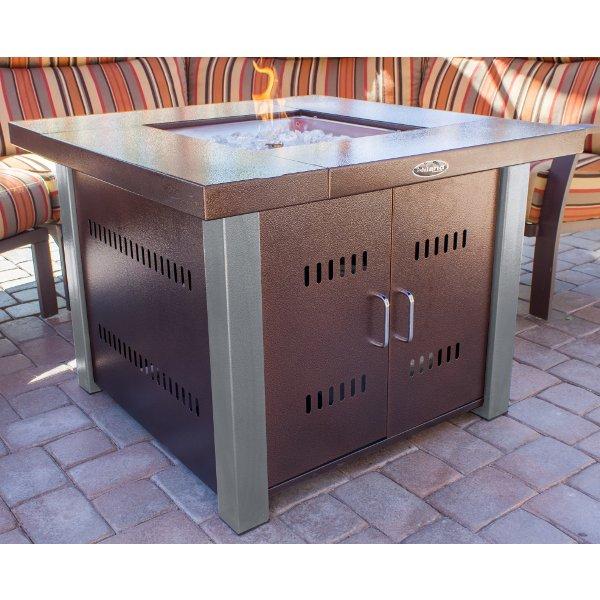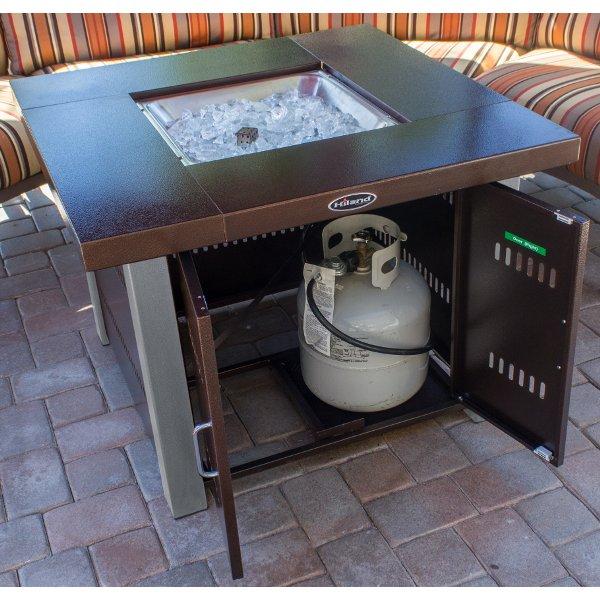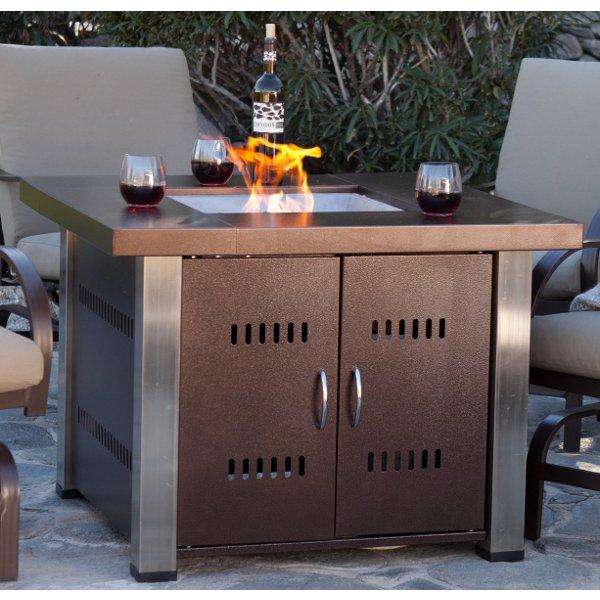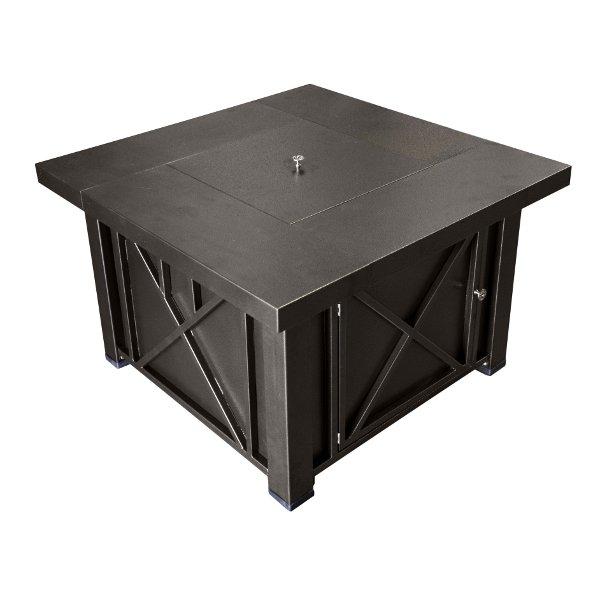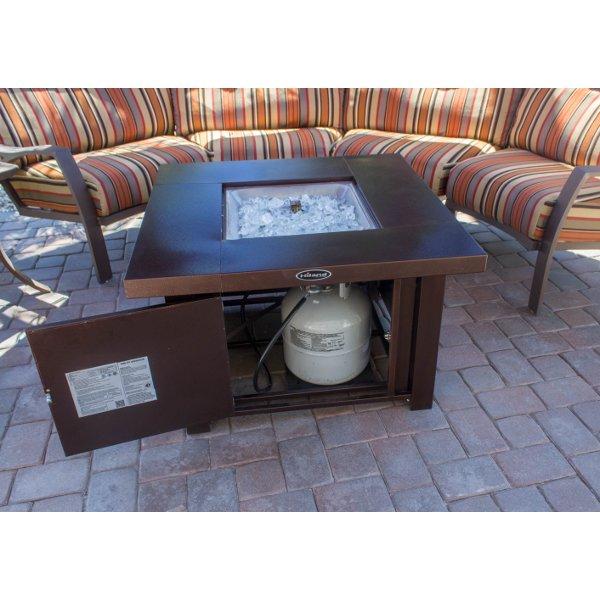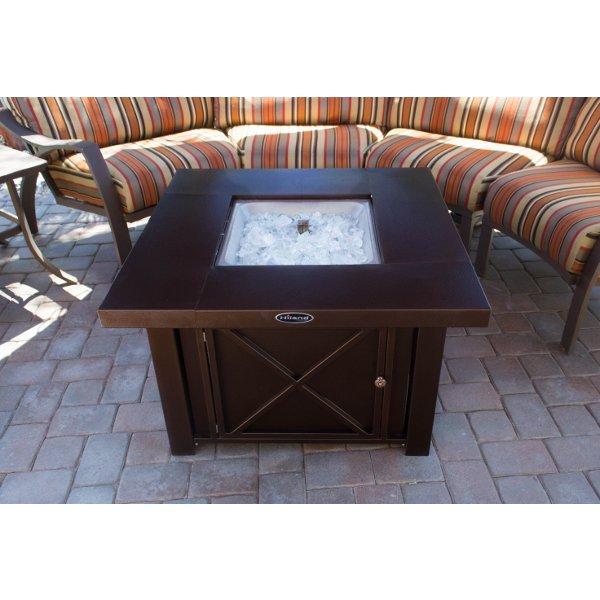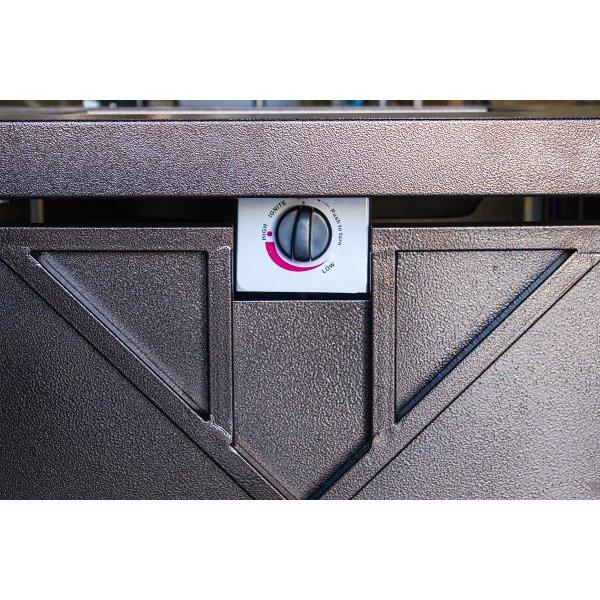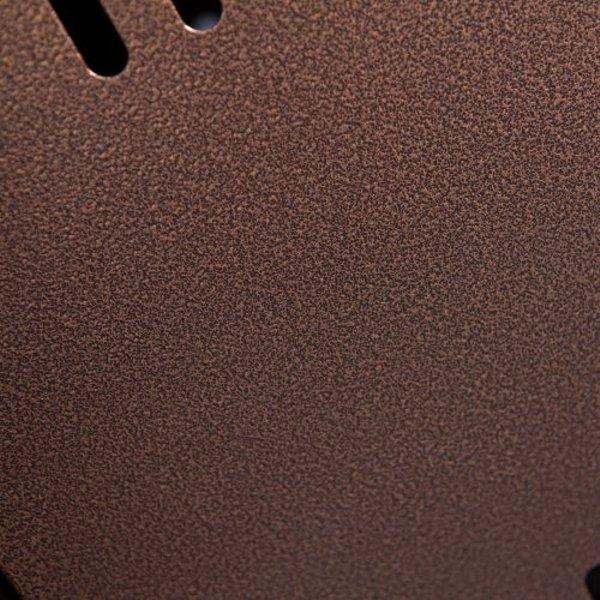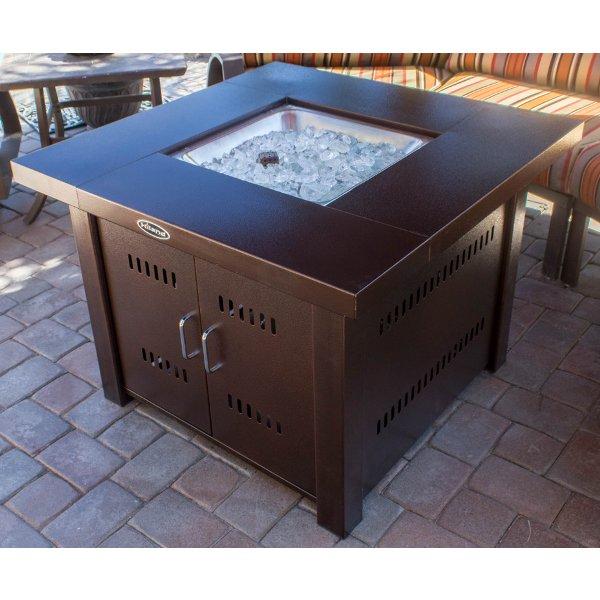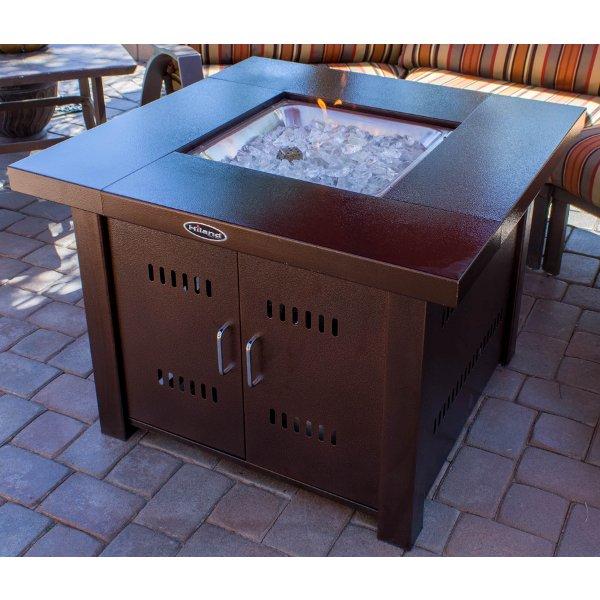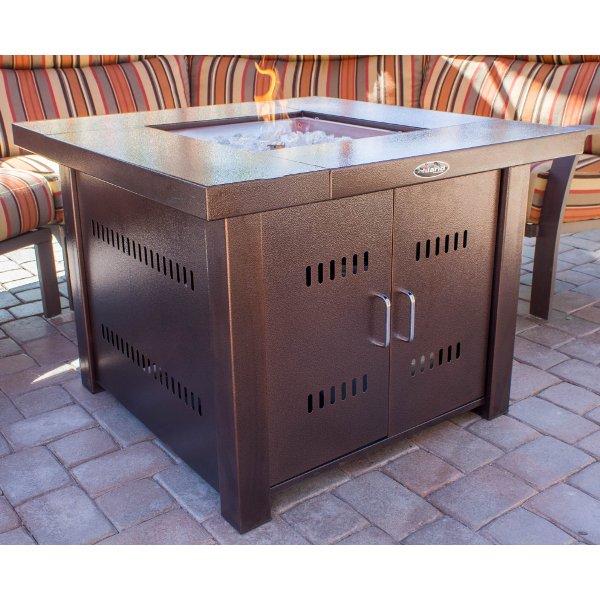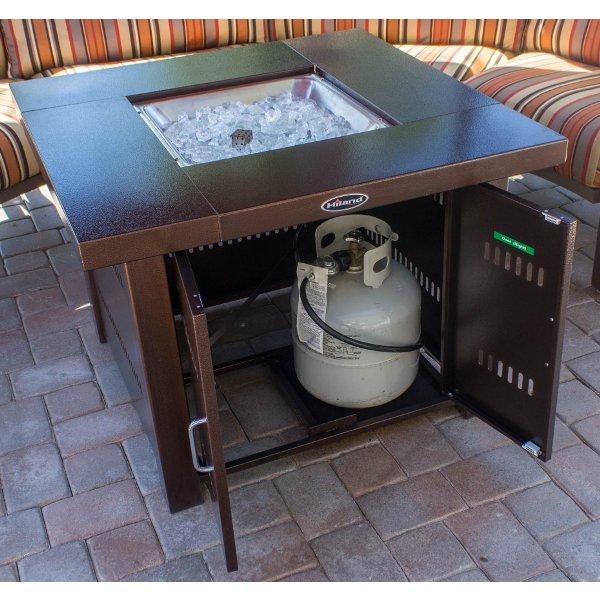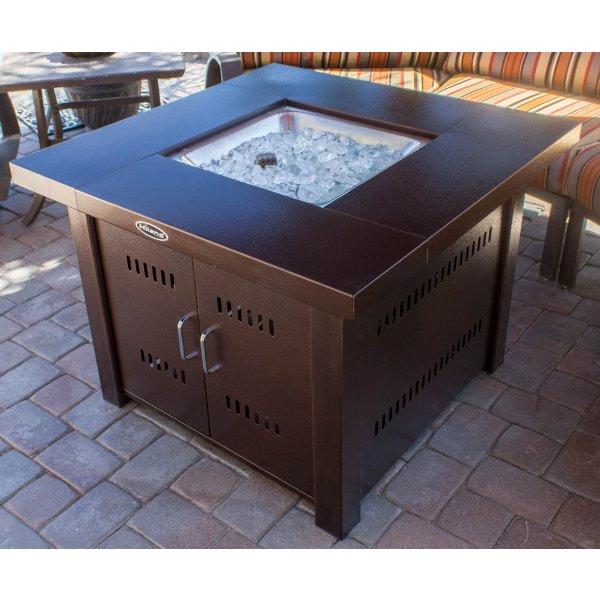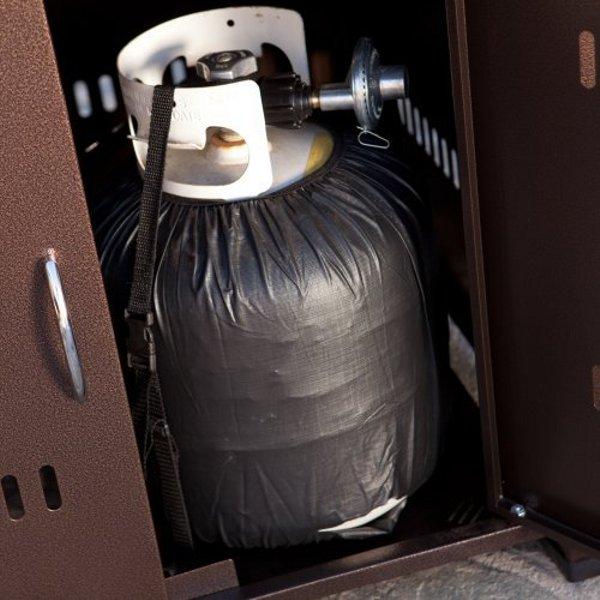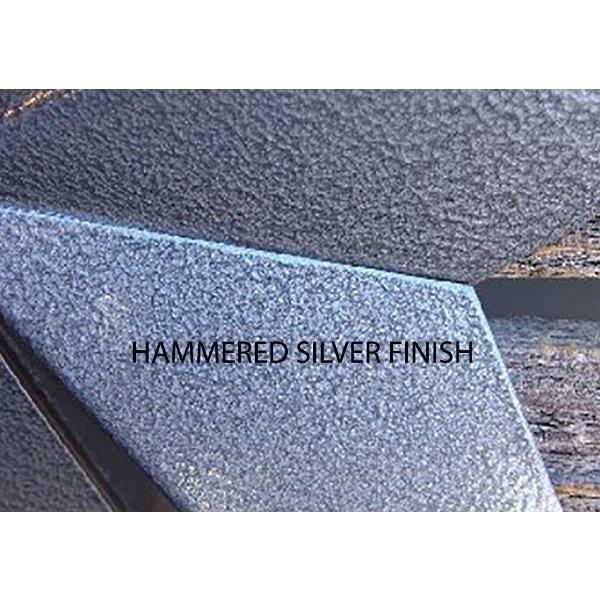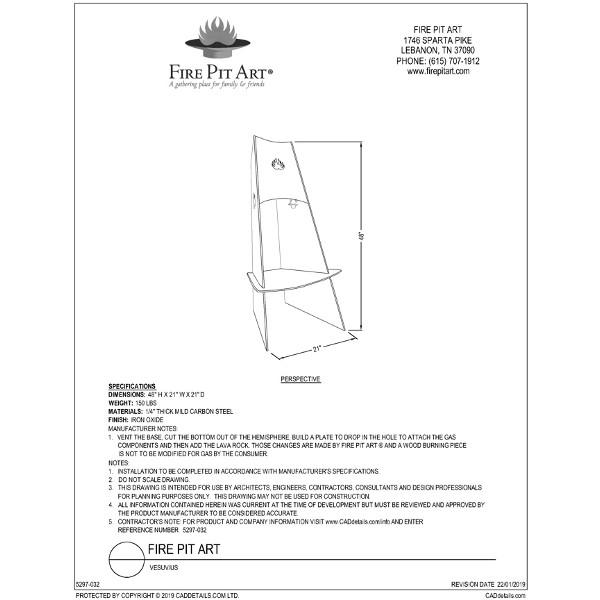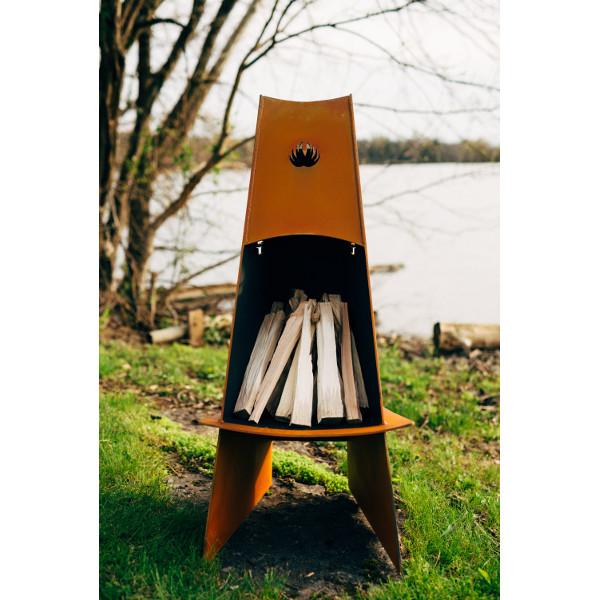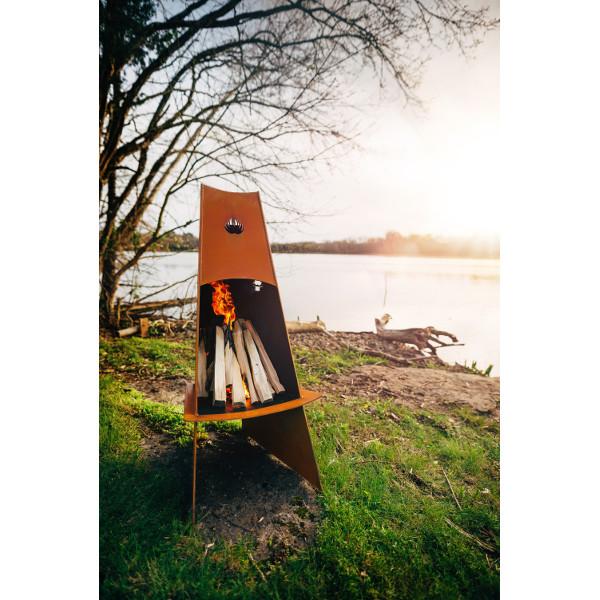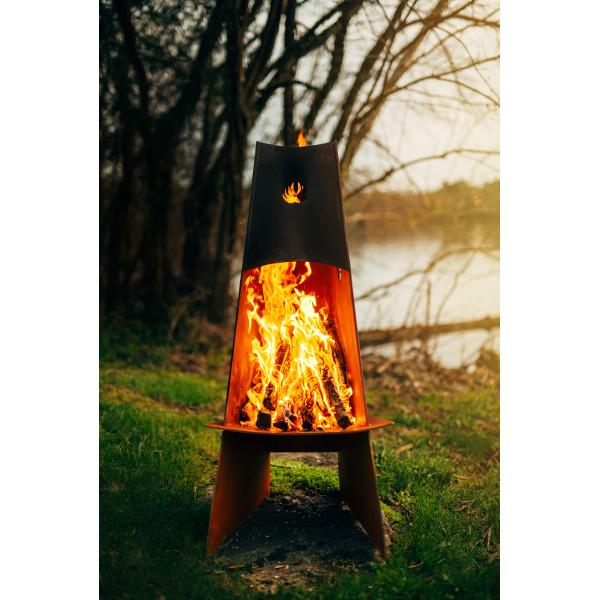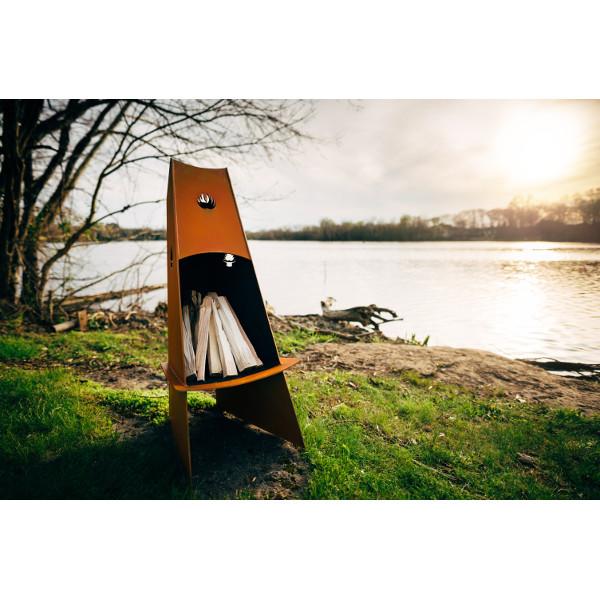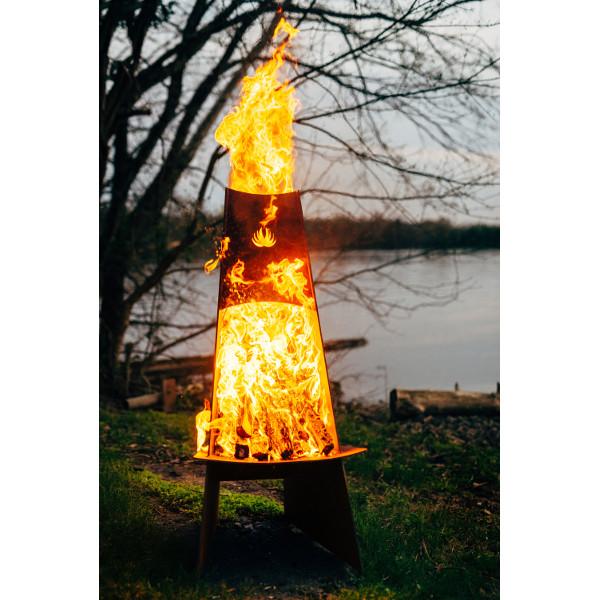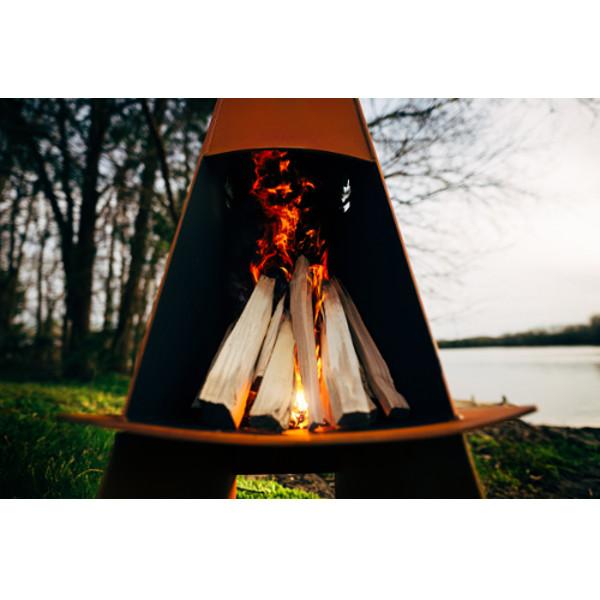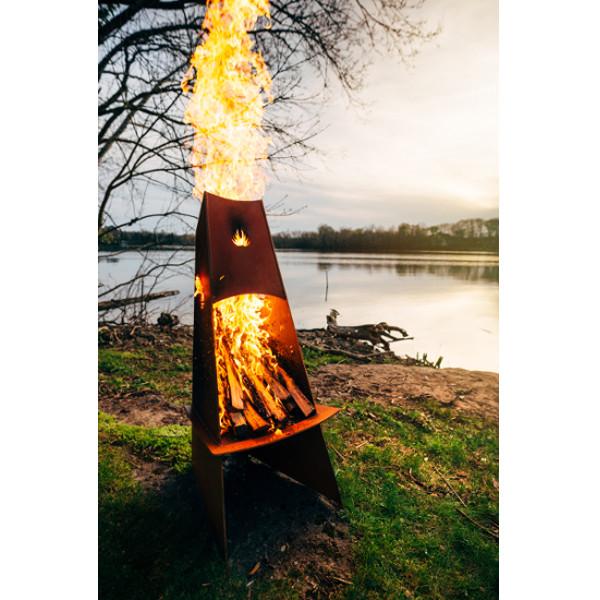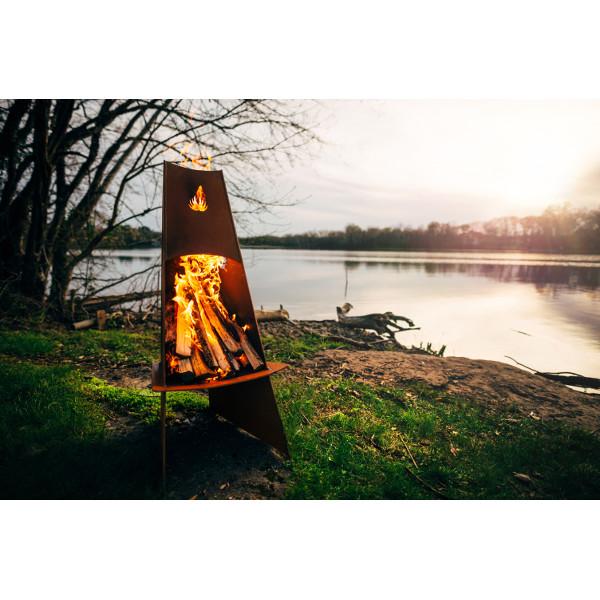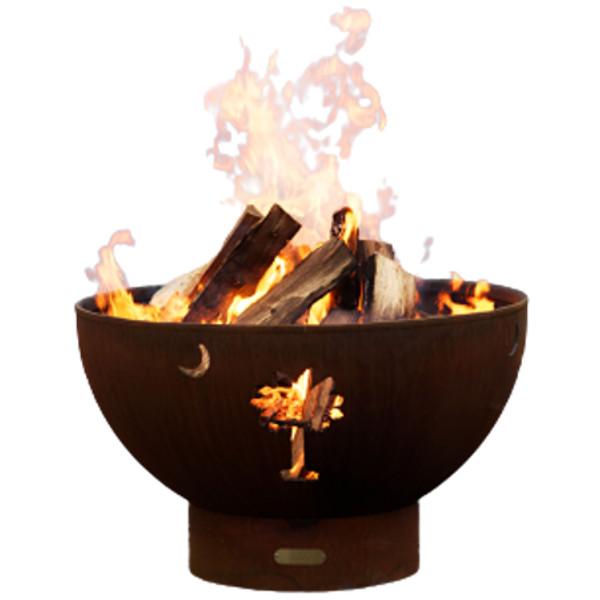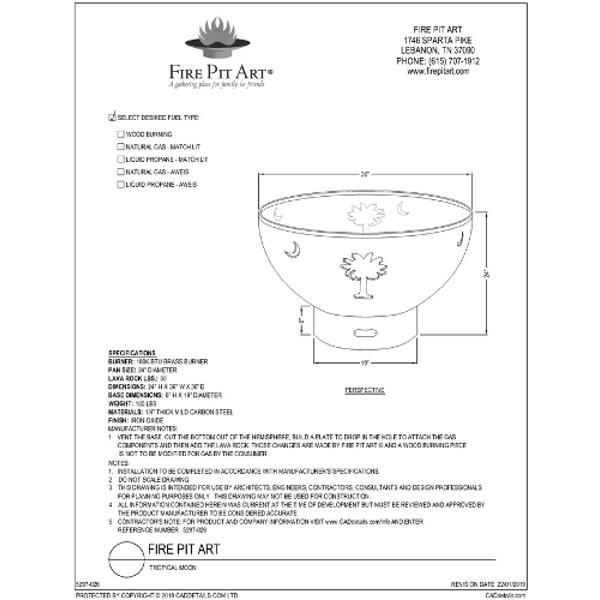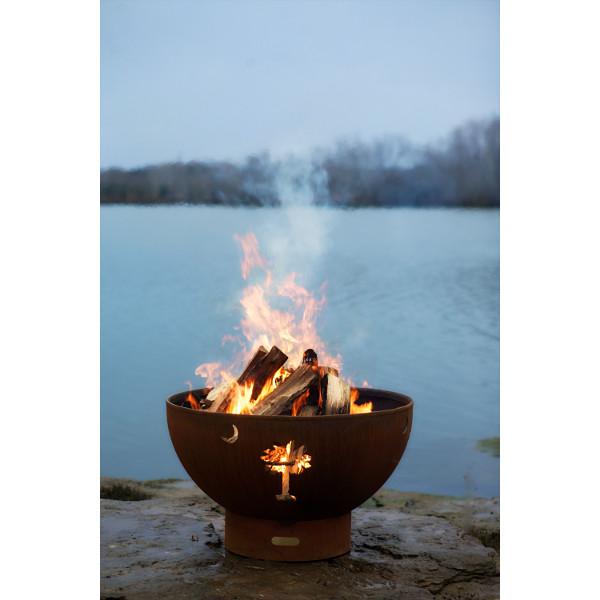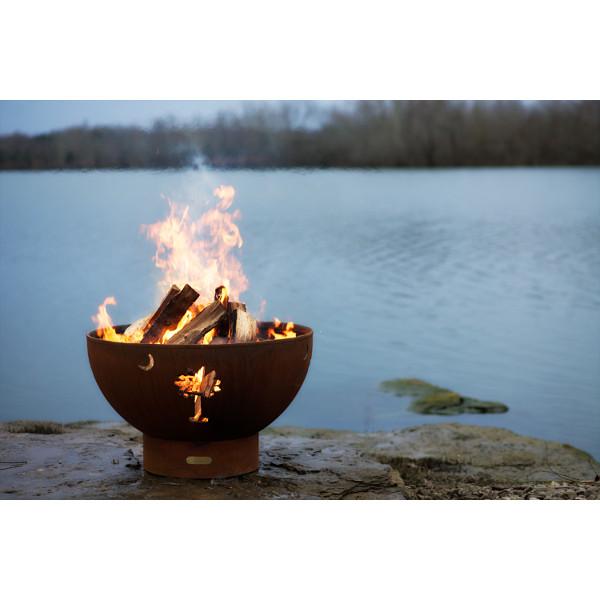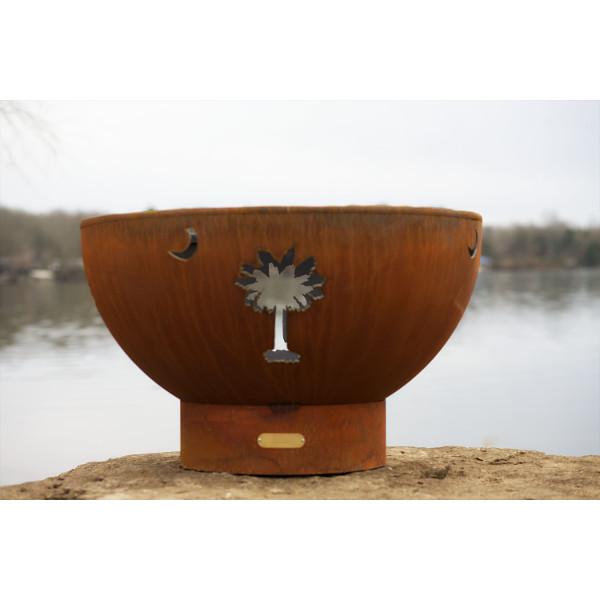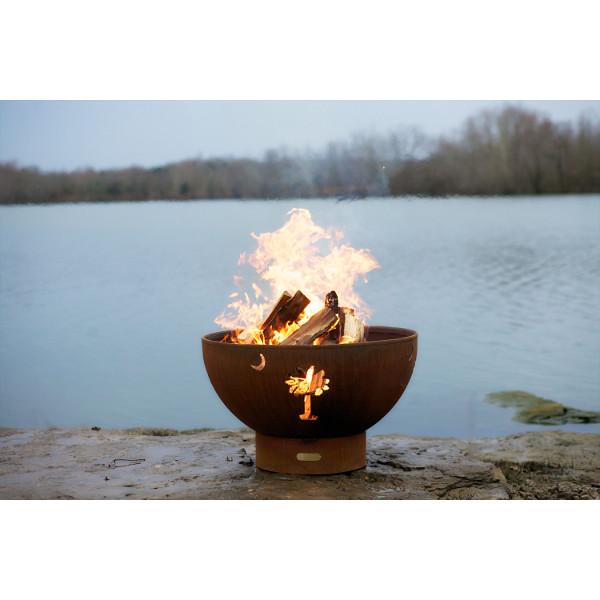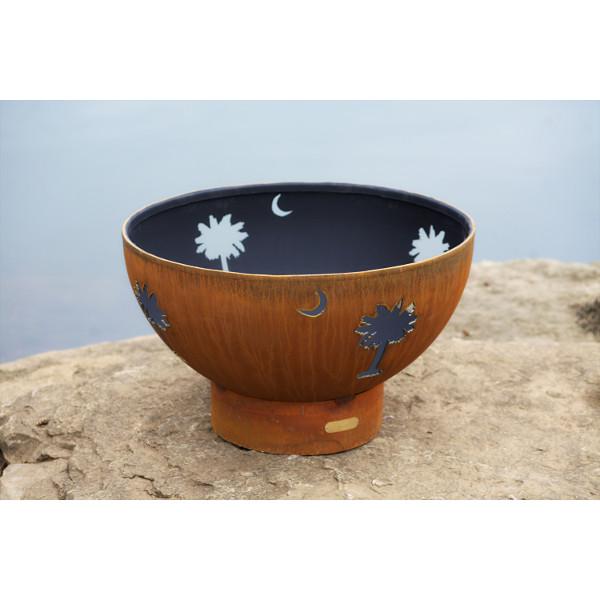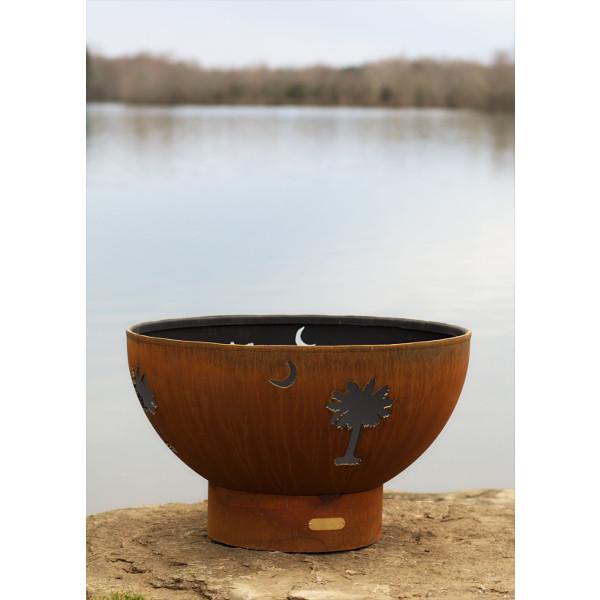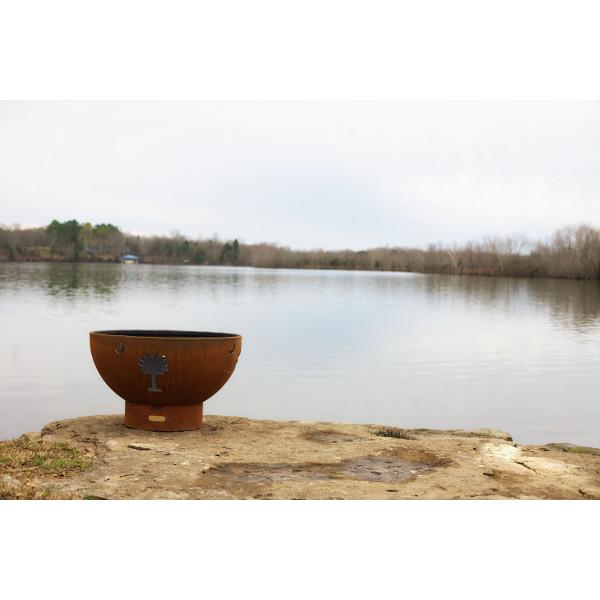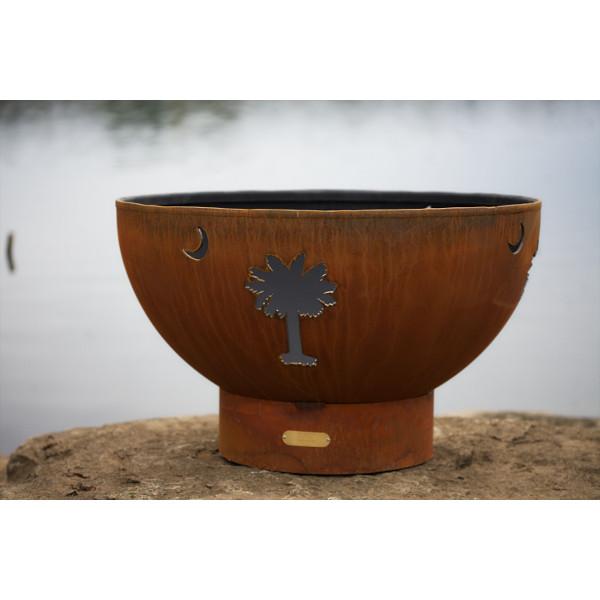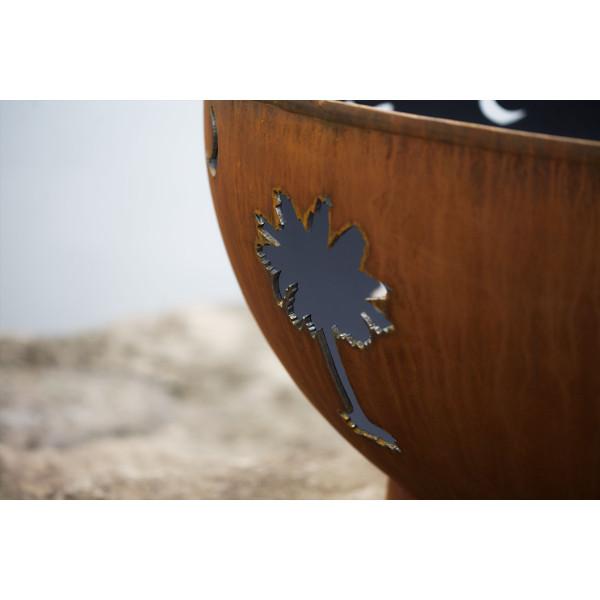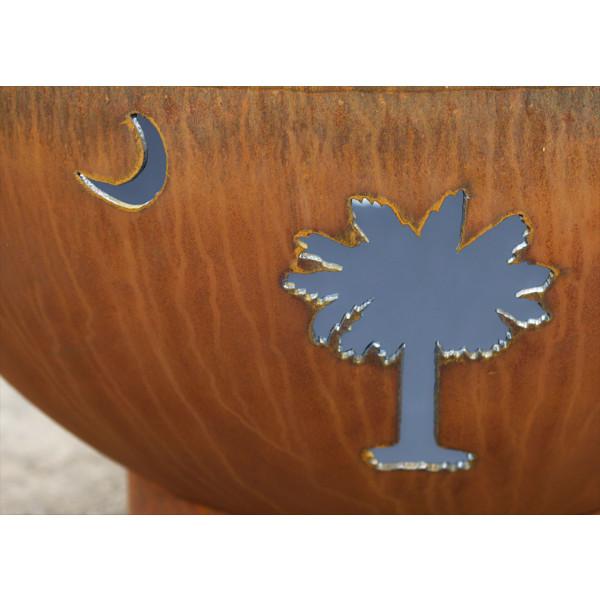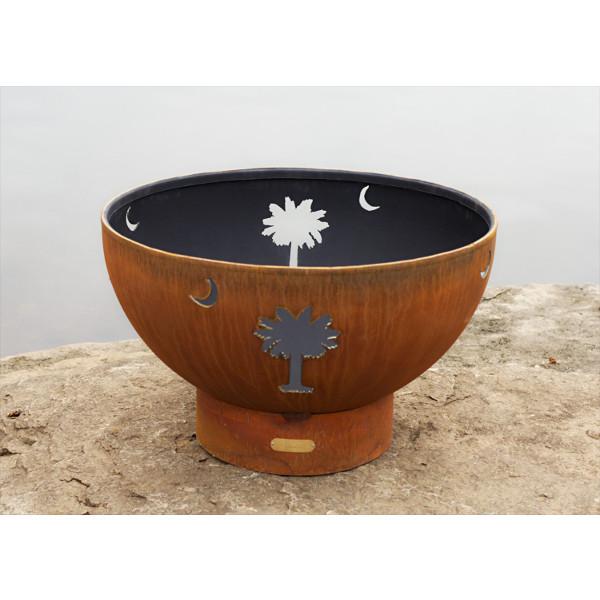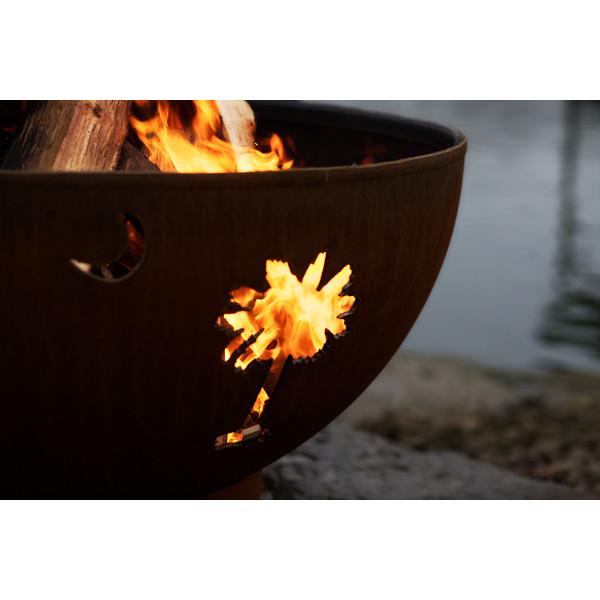Your Cart is Empty
Fire Pits
Enjoy the warm glow of Fire Pits on those chilly nights. Combine with the most comfortable outdoor seating sets with incredible fire pit tables, so you can have a fun barbecue night with guests or an intimate dinner gathering. Then, for those cold nights, you can host a campfire using an outdoor fire pit, cozily seated in Adirondack chairs, and have the most amazing time catching up with family and friends. The best part is that you get free shipping on every order! Find accessories and parts for fire pits in this collection.
Q1: What are the primary fuel types for Fire Pits, and what is the typical heat output of each?
A: Fire pits are typically fueled by wood, propane (LP), or natural gas (NG).
-
Propane/Natural Gas: These pits provide clean, instant, and controllable flame. Heat output is primarily decorative and ambient, generally ranging from 40,000 to 60,000 BTUs. They are mainly for setting a mood and offering warmth to people sitting immediately next to them.
-
Wood-Burning: Provides the most intense heat output. The heat output is difficult to quantify in BTUs, but it is significantly higher and more radiant than that of gas. It is the best choice for frigid evenings but produces smoke and requires cleanup.
-
Gel/Ethanol: Provides the lowest heat output and is mainly used for small, tabletop decorative flames.
Q2: What are the crucial safety rules regarding the placement of a Fire Pit?
Placement is not just a matter of aesthetics, but a critical aspect of safety and fire prevention. Understanding and implementing the recommended placement guidelines will ensure a secure and responsible use of your fire pit.
-
Non-Combustible Surface: The fire pit must be placed entirely on a non-combustible surface, such as concrete, stone, brick, or paver patio. Never place a fire pit on a wood or composite deck without a specialized, thick, heat-proof pad underneath.
-
Vertical clearance: Maintain at least 7 to 10 feet of clearance from any vertical structure (house siding, railings, walls) and ensure there are no low-hanging branches or overhead awnings. The heat from gas pits, in particular, radiates straight up.
-
Wind protection: Position the pit in an area that is somewhat shielded from high winds to prevent flames from spreading and to maximize heat retention.
Q3: What type of filler material is required for gas-fueled Fire Pits?
A: Gas fire pits require specific materials that can safely withstand the heat.
-
Required fillers: The burner must be covered with either lava rock, ceramic logs, or fire glass. These materials are designed to be non-combustible and heat-resistant, helping to diffuse the gas and create a more natural-looking flame.
-
Never use: Do not use river rocks, gravel, or stones found in nature. These stones often contain trapped moisture that, when rapidly heated, can turn into steam, causing the rock to explode violently.
-
Coverage: Ensure the filler material completely covers the gas ring to protect the burner assembly from debris and evenly distribute the flame.
Q4: How should a Propane Fire Pit be maintained during the off-season?
A: Proper off-season care for your propane fire pit is not just about preventing rust and ignition failure, but about being proactive and responsible. By following the recommended maintenance steps, you can ensure the longevity and performance of your fire pit.
-
Cleaning: Remove the lava rock or fire glass, then clean the burner pan. Ensure the igniter needle and thermopile are free of debris that could interrupt gas flow.
-
Covering: Use a weatherproof, fitted cover. It is the most crucial step, as it prevents rain and condensation from entering the burner assembly, which causes corrosion and failure of the ignition system.
-
Propane tank: Disconnect and store the propane tank upright in a well-ventilated area, away from the pit itself. Never store propane tanks indoors.


